Expeditions
An expedition in the Indian Himalayas is an adventurous journey into one of the most awe-inspiring and challenging mountain ranges in the world. The Indian Himalayas stretch across five states in India: Jammu and Kashmir, Himachal Pradesh, Uttarakhand, Sikkim, and Arunachal Pradesh. These regions offer a diverse range of trekking, mountaineering, and exploration opportunities.
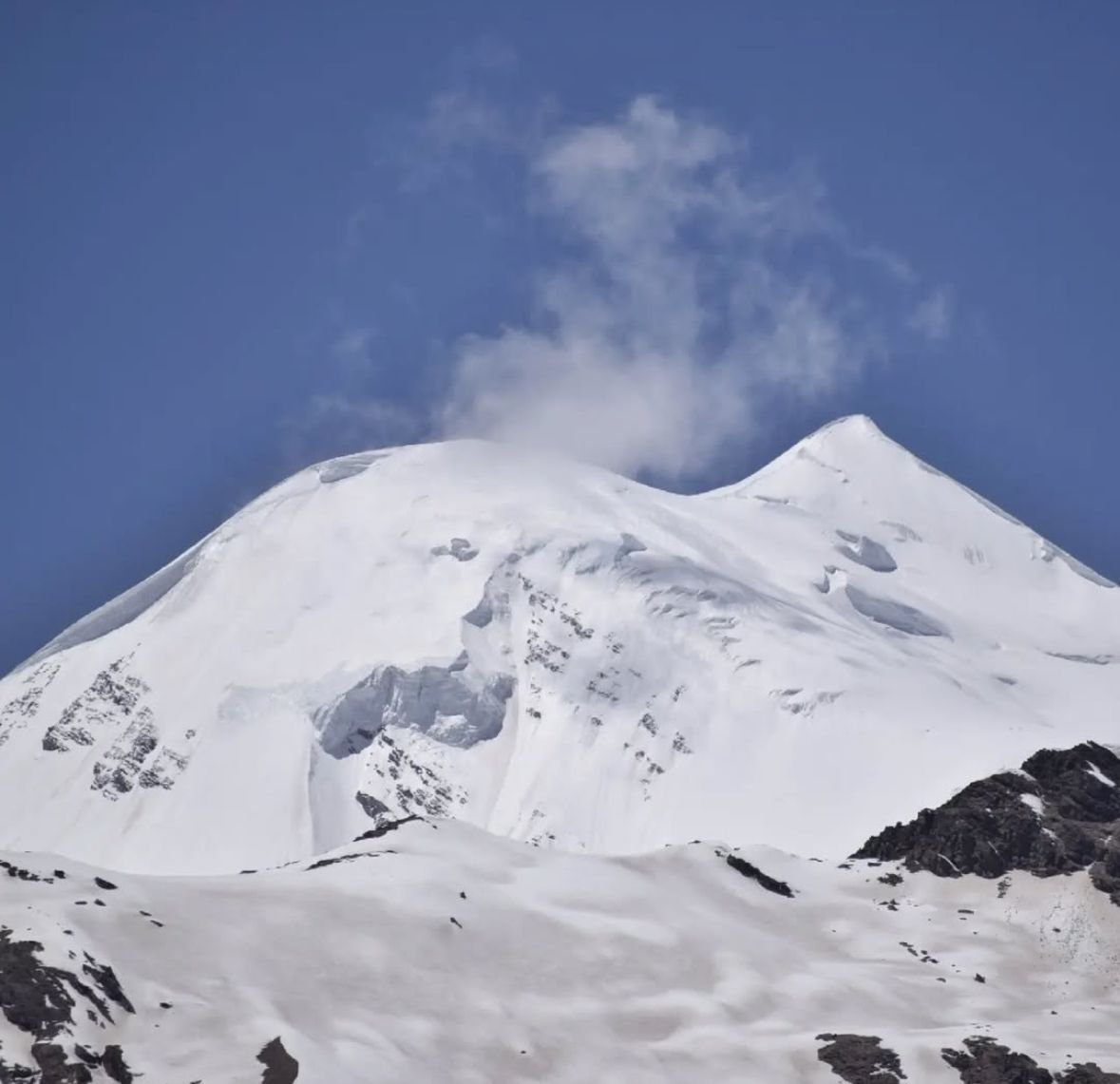
- 10-15 Guest
- 16Days
- ₹1,31,000
Bandarpunch Expedition
The Mt. Bandarpunch Expedition is a thrilling and demanding mountaineering journey that takes climbers to the summit of Bandarpunch Peak, located in the Garhwal Himalayas of Uttarakhand, India. Standing at an elevation of 6,316 meters (20,700 feet), Bandarpunch is one of the most prominent peaks in the region, known for its challenging climbs, stunning landscapes, and spiritual significance. This expedition offers mountaineers the chance to test their technical climbing skills, while also providing an opportunity to connect with the deep spiritual and cultural heritage of the area.
Start Journey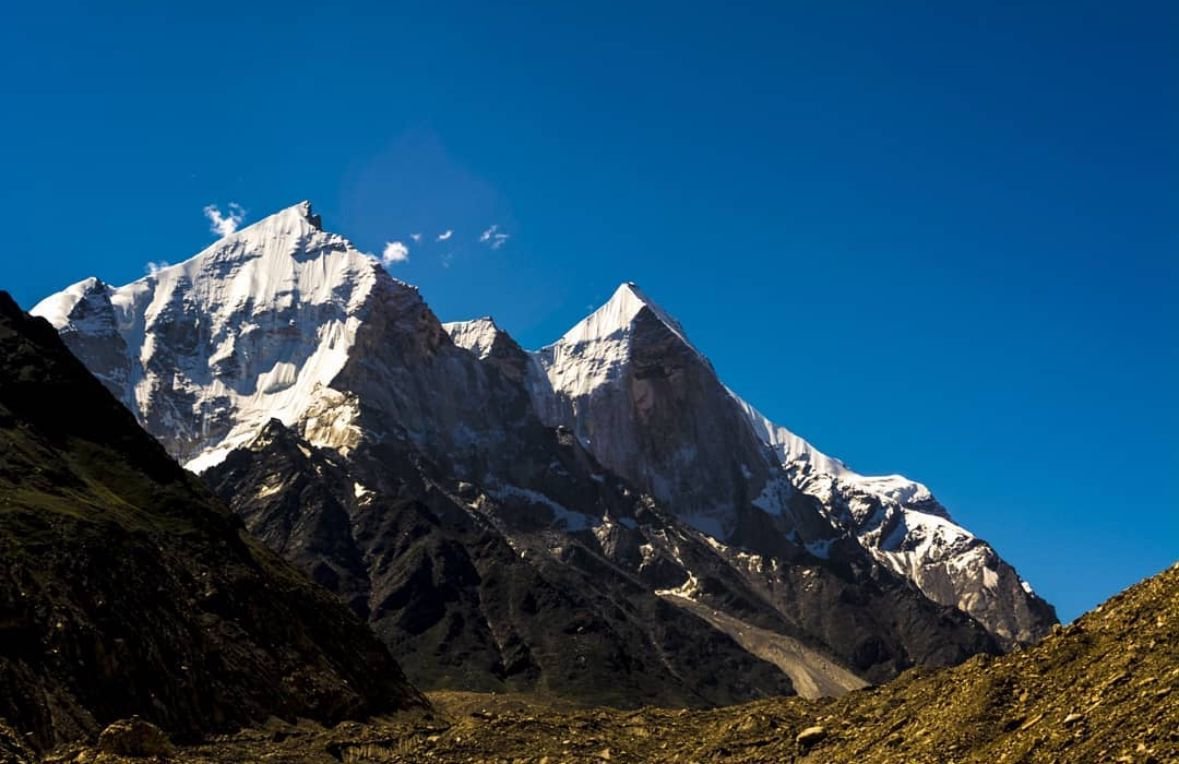
- 10-15Guest
- 22 Days
- ₹2,21,000
Bhagirathi Peak 2
Bhagirathi-II, with an elevation of 6,512 meters (21,059 feet), is one of the three peaks that make up the Bhagirathi group in the Garhwal Himalayas, located in Uttarakhand, India. The Bhagirathi massif includes three prominent peaks: Bhagirathi I (6,856 meters), Bhagirathi II, and Bhagirathi III (6,454 meters), and is considered an important range in the region both for its challenging climbing routes and spiritual significance. The peak of Bhagirathi-II is often sought after by mountaineers for its technical difficulty, rugged terrain, and sheer altitude.
Start Journey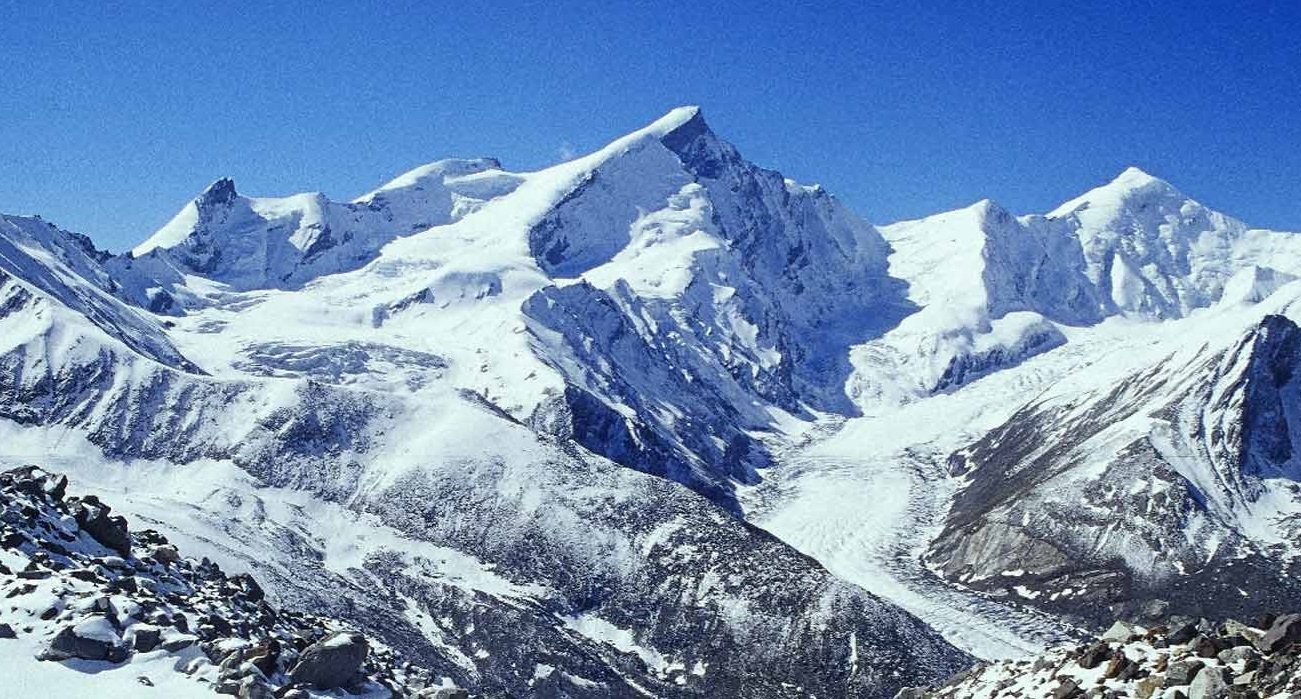
- 10-15 Guest
- 16 Days / 15 Nights
- ₹80,000/-
Black Peak (Kalanag)
Best Time to Climb: May to June & September to October
Mt. Black Peak, locally known as Kalanag (6,387 meters), stands as the highest peak in the Bandarpunch massif of the Garhwal Himalayas. Named for its cobra-like black summit, this peak draws mountaineers with its sheer elegance and commanding presence. The climb to Kalanag is considered ideal for those transitioning from trekking to technical mountaineering, offering both glacier travel and snow-clad ascents.
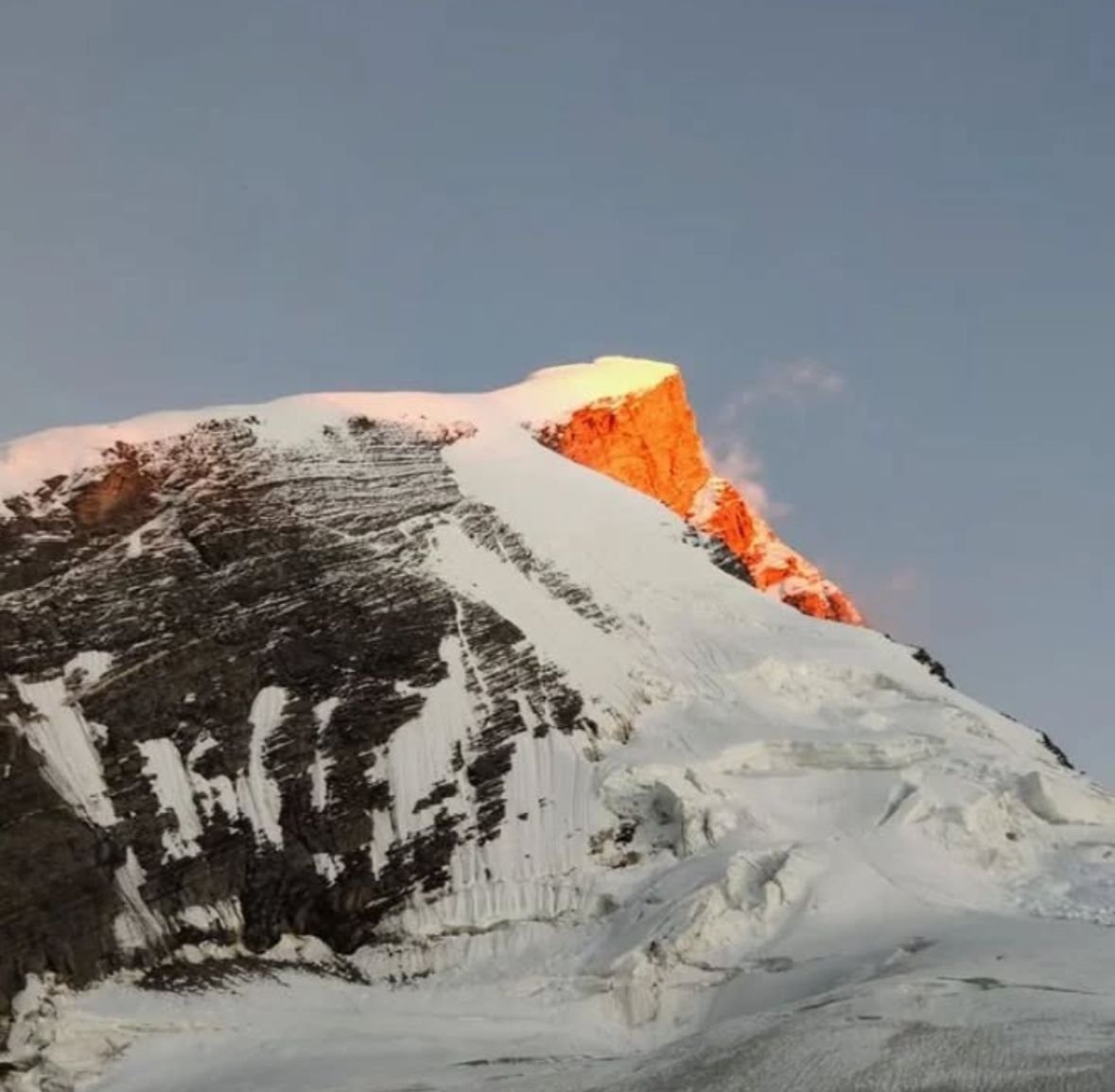
- 10-15 Guest
- 16 Days
- ₹88,000
Black Peak Expedition
The Mt. Black Peak Expedition is a challenging and spiritually significant journey for mountaineers seeking both physical and mental growth in the awe-inspiring Himalayas. Standing tall at 6,387 meters (20,955 feet), Black Peak (also known as Kalanag Peak) is located in the Hathni-Ka-Tibba mountain range in the Garhwal region of Uttarakhand, India. This majestic peak is surrounded by towering mountains, glaciers, and sacred rivers, making it a revered site in the region.
Start Journey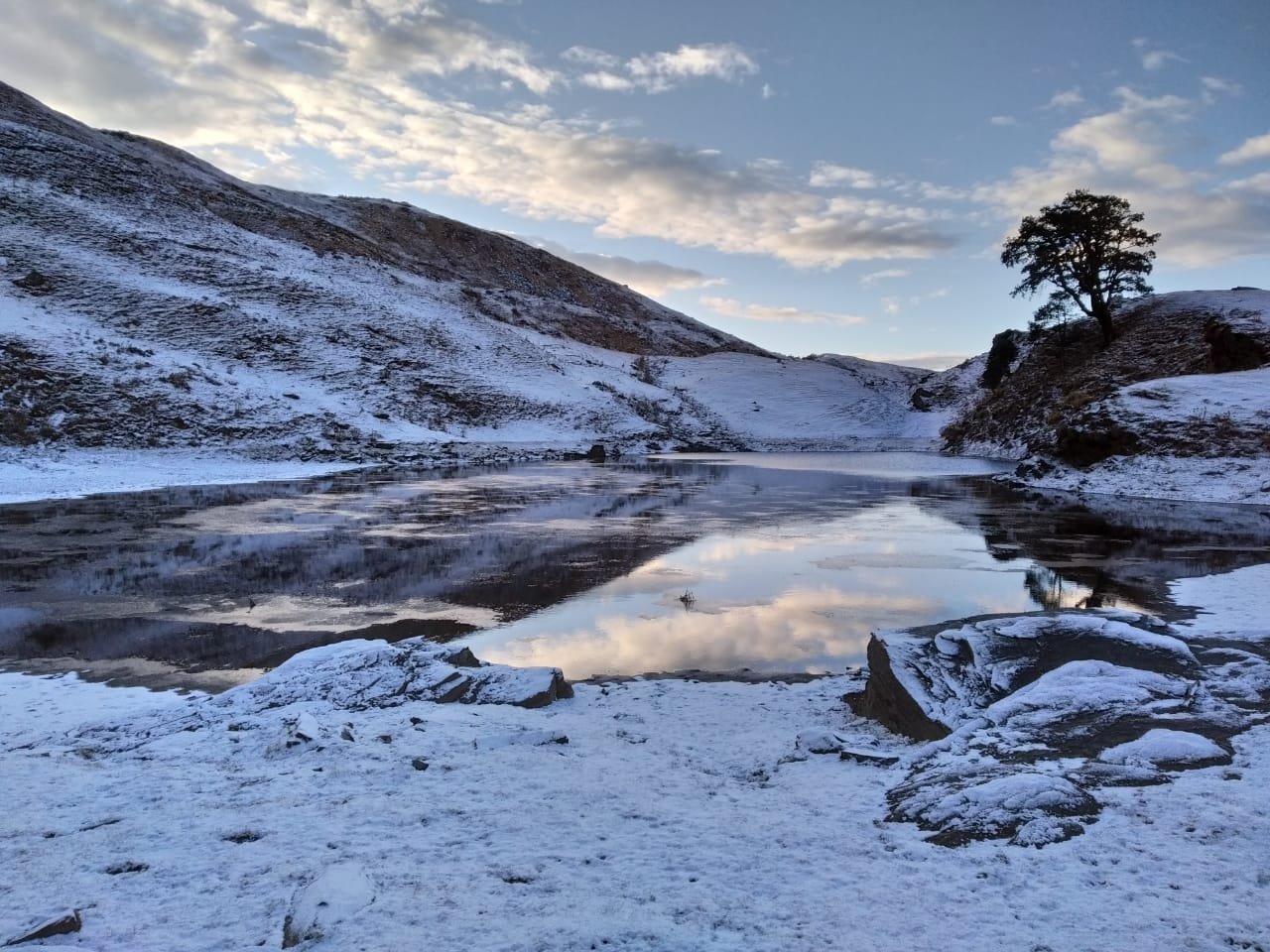
- 10-15 Guest
- 10 Days
- ₹45,000/-
Bramhtal Lake
Duration:: 10 Days
Nestled deep within the Chamoli district of Uttarakhand, Bramhtal Lake is a hidden gem that offers an enchanting blend of alpine beauty and mythological significance. Surrounded by dense oak and rhododendron forests, the lake sits quietly at high altitude, reflecting snow-covered peaks in its crystal-clear waters. In winter, it transforms into a snowy wonderland, making it a trekker’s paradise.
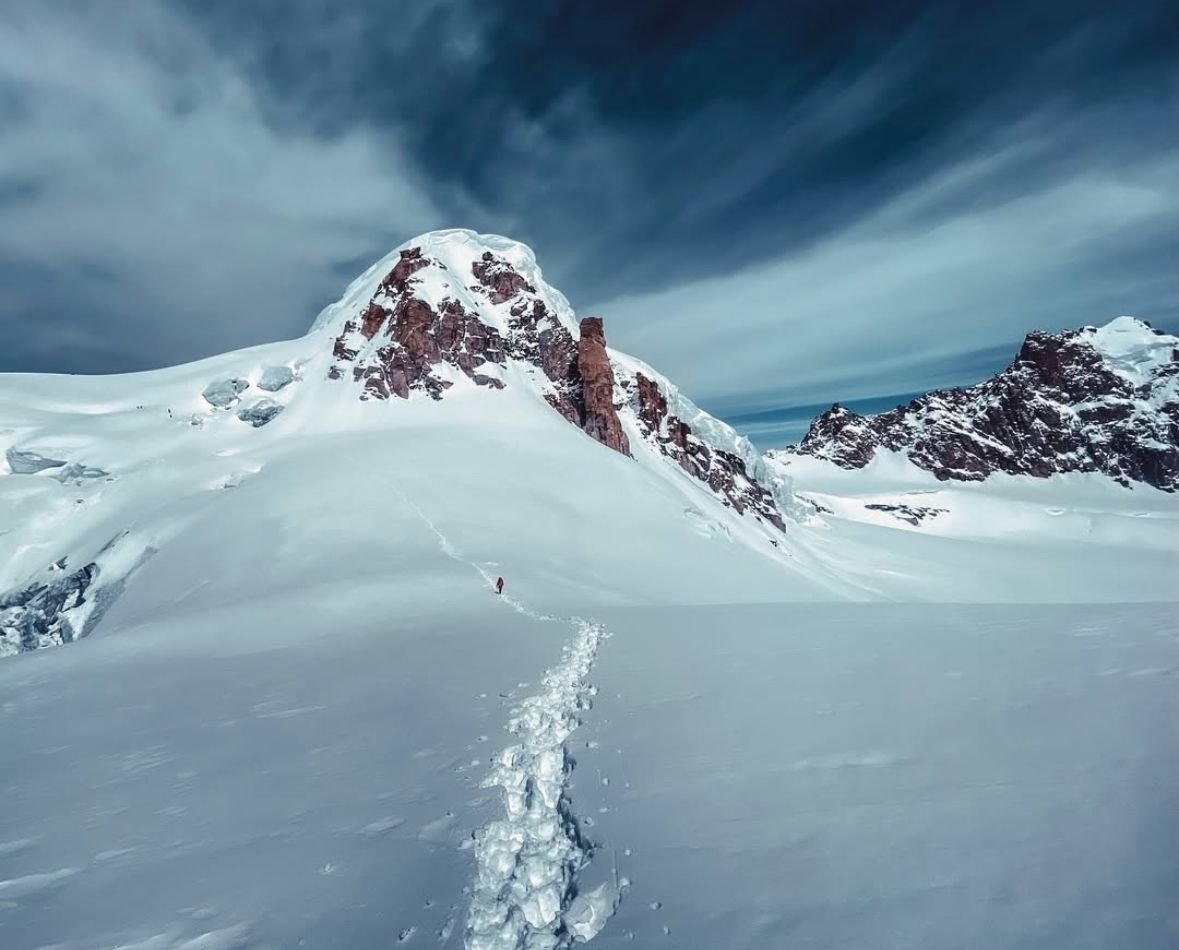
- 10-15Guest
- 13 Days
- ₹65,000
Deo Tibba Expedition
The Mt. Deo Tibba Expedition is not only a challenging mountaineering adventure but also holds deep spiritual significance for the people of Himachal Pradesh and the surrounding regions. Located in the Pir Panjal Range near Manali, the peak rises to an impressive 6,001 meters (19,685 feet). For seasoned mountaineers, it represents an exciting and demanding climb, but for many locals, it is a sacred mountain with profound spiritual meaning.
Start Journey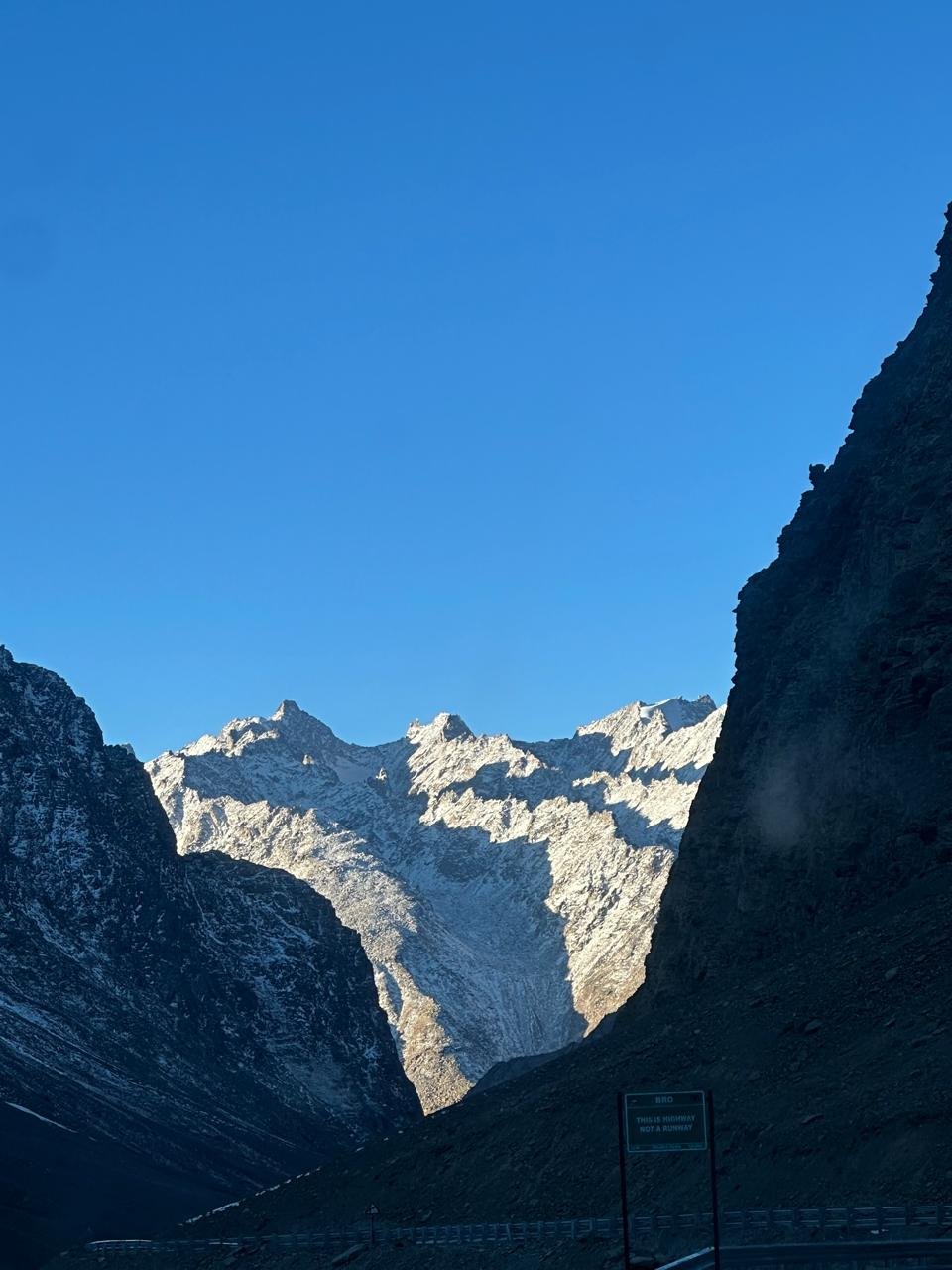
- 10-15 Guest
- 7 Days
- ₹35,000
Friendship Peak Expedition
Friendship Peak (5,289 meters / 17,352 feet) is a stunning, non-technical yet demanding trekking peak located in the Pir Panjal Range of Himachal Pradesh, India. It is a popular choice for amateur and experienced mountaineers seeking high-altitude challenges combined with the breathtaking beauty of the Indian Himalayas. The peak offers panoramic views of surrounding giants like Hanuman Tibba, Deo Tibba, and the Shitidhar Peaks.
Start Journey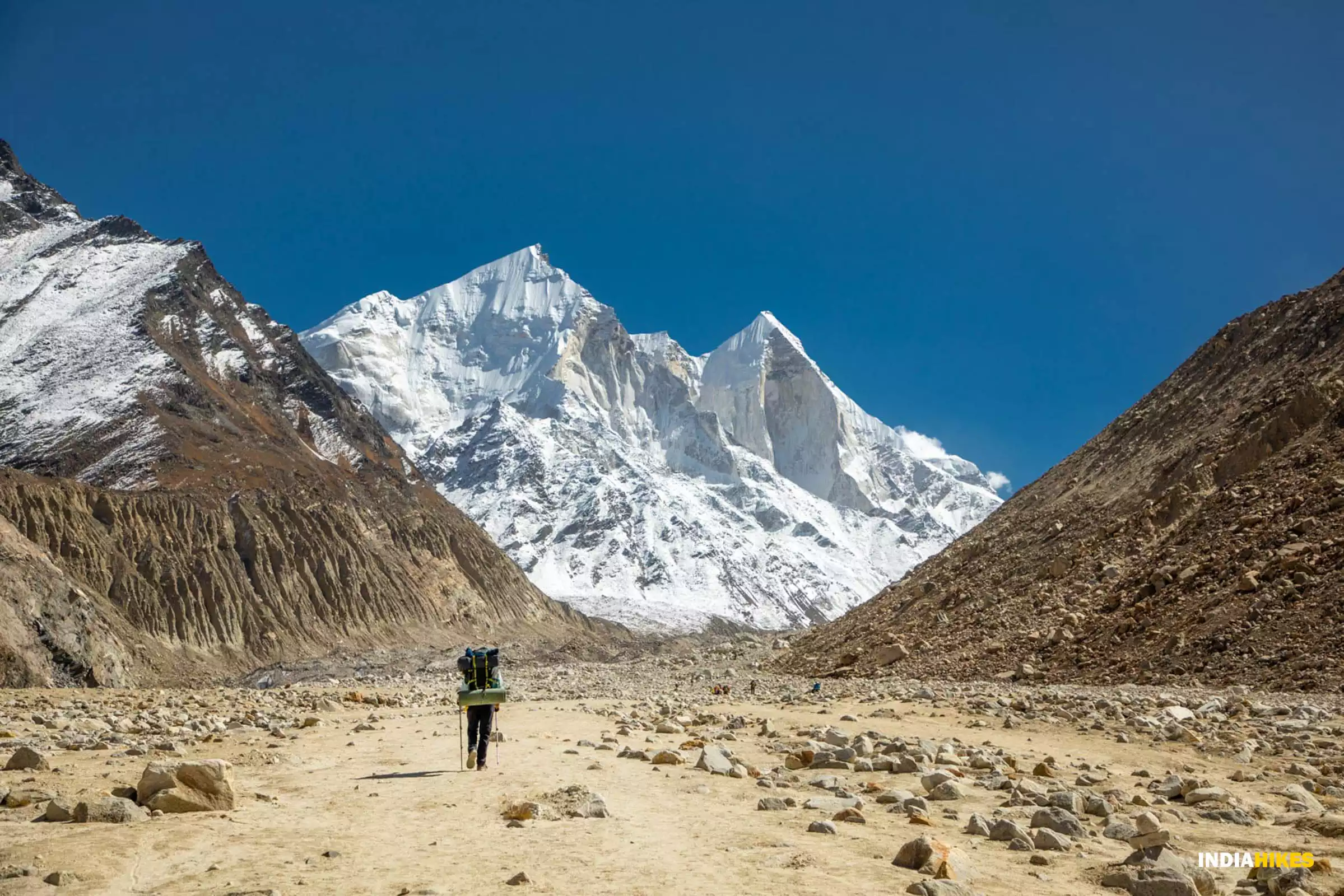
- 10-15 Guest
- 10 Days
- ₹45,000/-
Gowmukh Tapovan
Duration:: 10 Days
Situated in the Garhwal Himalayas, Gowmukh Tapovan is one of the most spiritually and scenically rewarding treks in India. Gowmukh, the snout of the Gangotri Glacier, is revered as the source of the River Ganga. Tapovan, a high-altitude meadow above it, offers breathtaking views of Mt. Shivling and other towering Himalayan peaks.
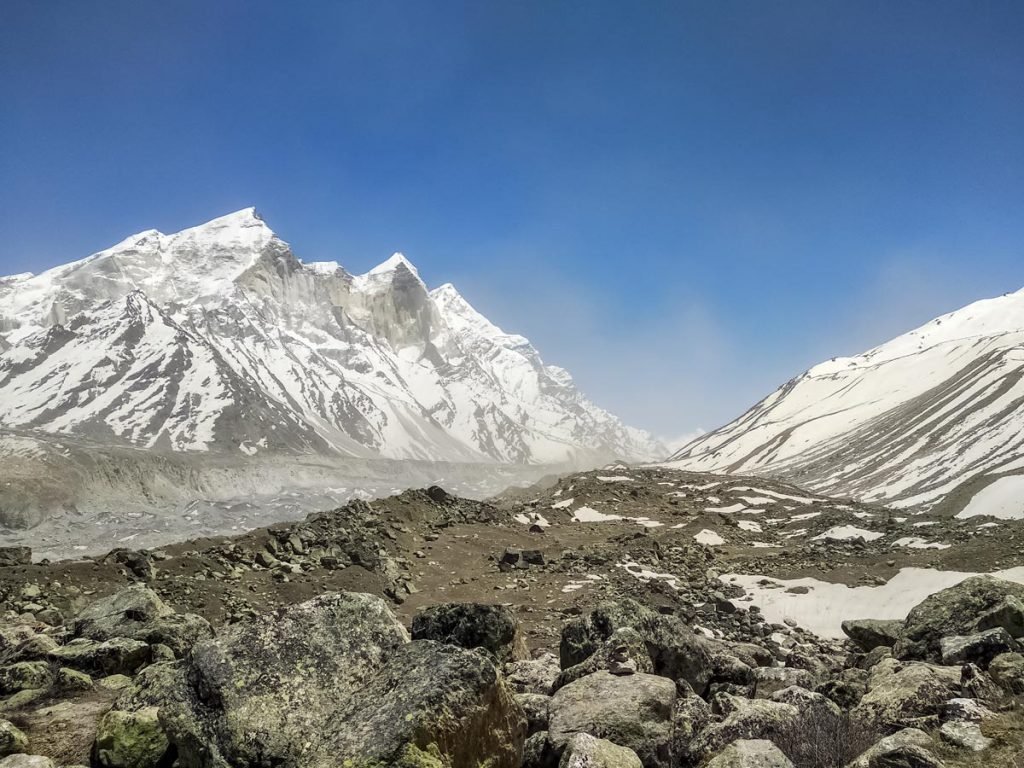
- 10-15 Guest
- 15 Days / 14 Nights
- ₹90,000/-
Kalindi Khal
Date: June, September, and October
The Mt. Nanda Ghunti Expedition is a captivating journey into the heart of the Garhwal Himalayas, blending high-altitude adventure with natural beauty and spiritual resonance. Rising to 6,309 meters (20,699 feet), Nanda Ghunti is a prominent peak near the revered Nanda Devi Sanctuary, situated at the border of the Kumaon and Garhwal regions of Uttarakhand.
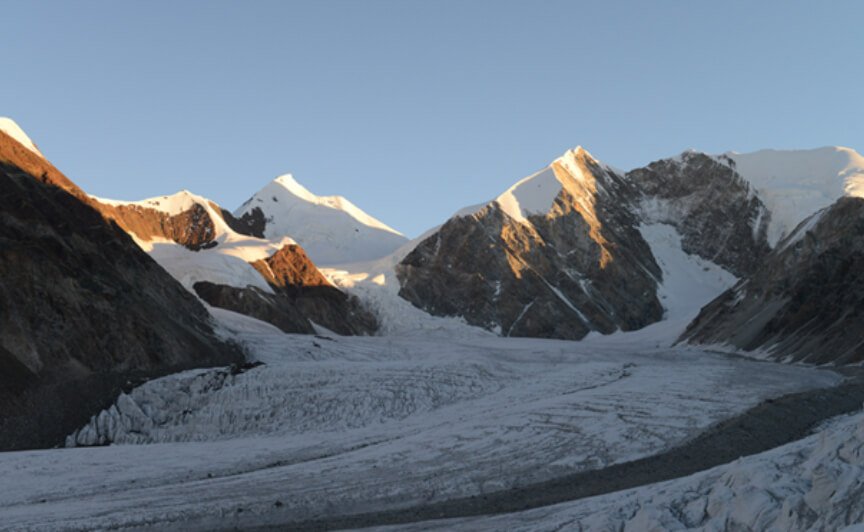
- 5 Guest
- 2 Days
- ₹1,10,000
Kalindi Pass Trek
Kalindi Khal (5,947 meters / 19,505 feet) is a high-altitude mountain pass in the Garhwal Himalayas of Uttarakhand, India. It is renowned for its challenging trekking expedition, which connects Gangotri to Badrinath, two sacred pilgrimage sites. This trek is one of the most difficult and scenic routes in the Indian Himalayas, traversing glaciers, high-altitude lakes, and rugged ice fields.
Start Journey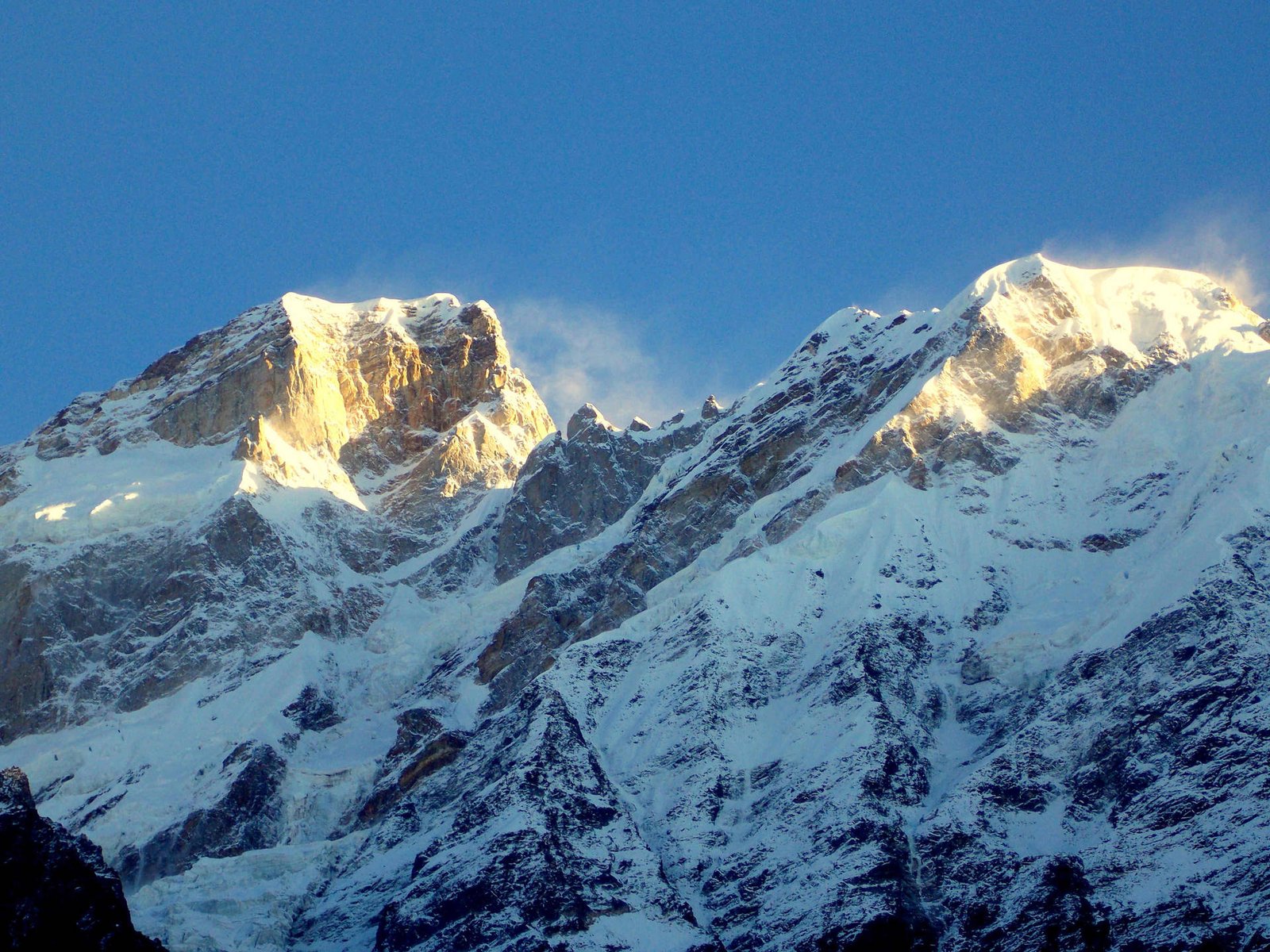
- 10-15 Guest
- 20 Days
- ₹2,10,000
Kedar Dome Expedition
The Kedar Dome Expedition refers to the mountaineering efforts made to summit Kedar Dome, a prominent peak located in the Indian state of Uttarakhand. Situated in the Garhwal Himalayas, it is part of the Kedarnath Group and stands at an elevation of 6,831 meters (22,408 feet). This peak is renowned for its technical difficulty and its scenic beauty, which attracts many seasoned climbers.
Start Journey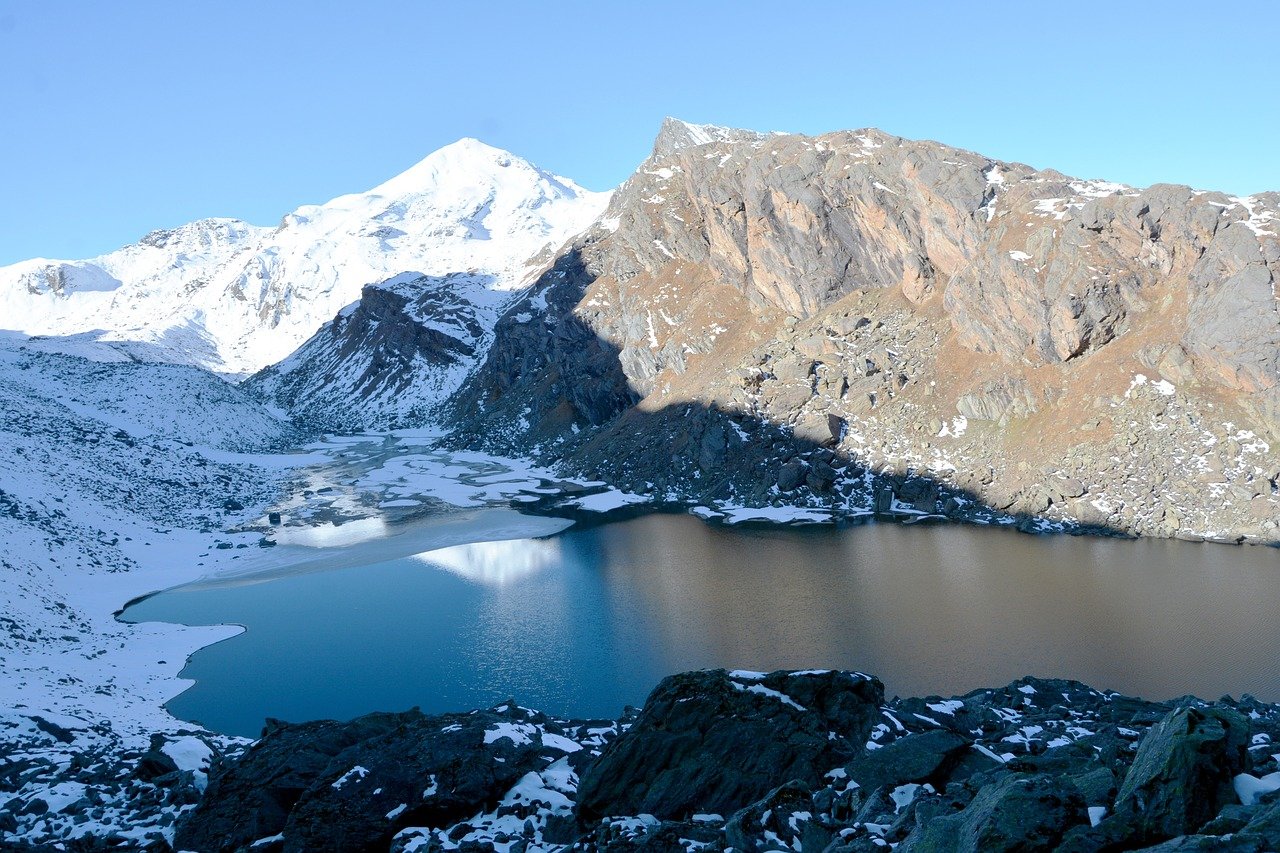
- 10-15 Guest
- 11 Days / 10 Nights
- ₹70,000/-
Mayali Pass
Best Time to Climb: Mid-May to June & Mid-September to October
Mayali Pass, nestled at an altitude of 5,300 meters, is one of the most mystical and remote Himalayan trails, connecting Bhagirathi Valley (Gangotri) to Mandakini Valley (Kedarnath). Deeply rooted in Himalayan mythology, the pass is believed to have been crossed by the Pandavas during their final journey to heaven—the Mahaprasthan. Today, it remains a trail for those who seek both spiritual passage and raw Himalayan wilderness.
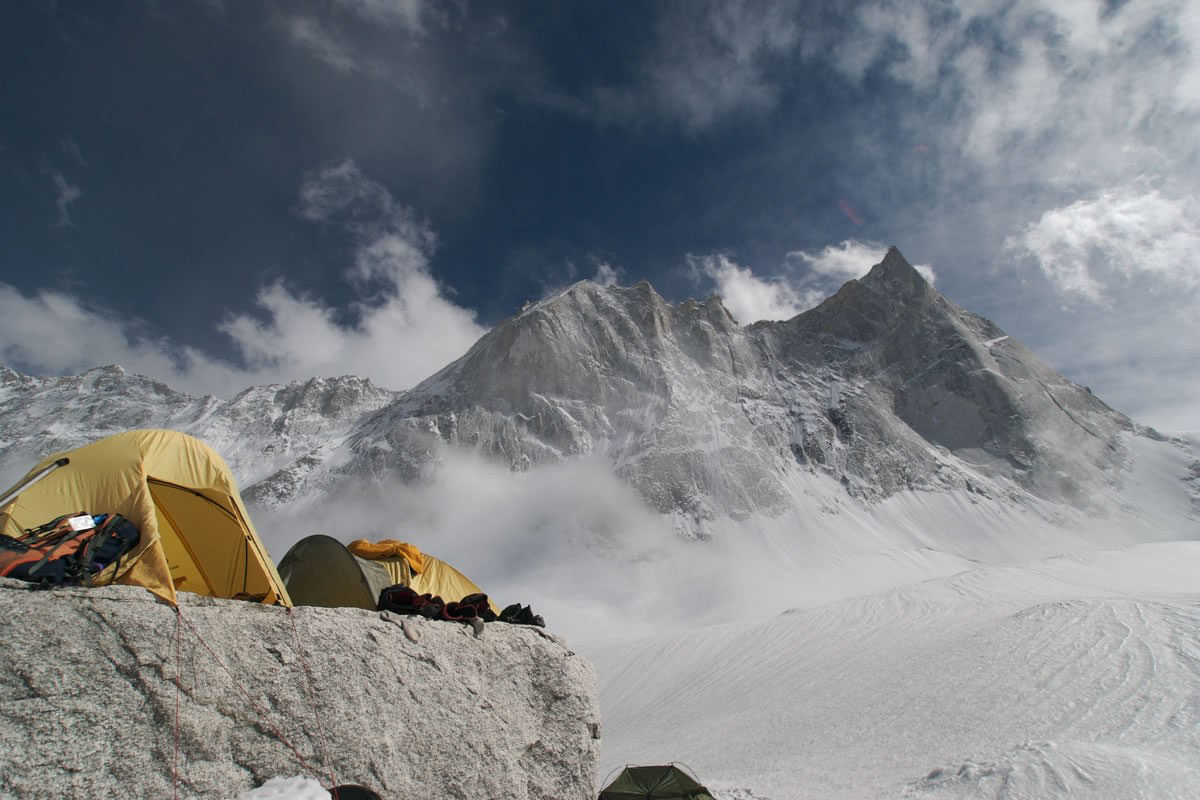
- 10-15 Guest
- 29 Days / 28 Nights
- ₹2,50,000/-
Mount Arwa Tower
Best Time to Climb: May to June & September to October
Arwa Tower (6,352m) is not just a peak—it’s a vertical dream sculpted in granite and ice, rising dramatically above the Arwa Valley in the Garhwal Himalayas. Regarded as one of the most technical and aesthetic climbs in India, it stands as a beacon for elite alpinists and serious climbers.
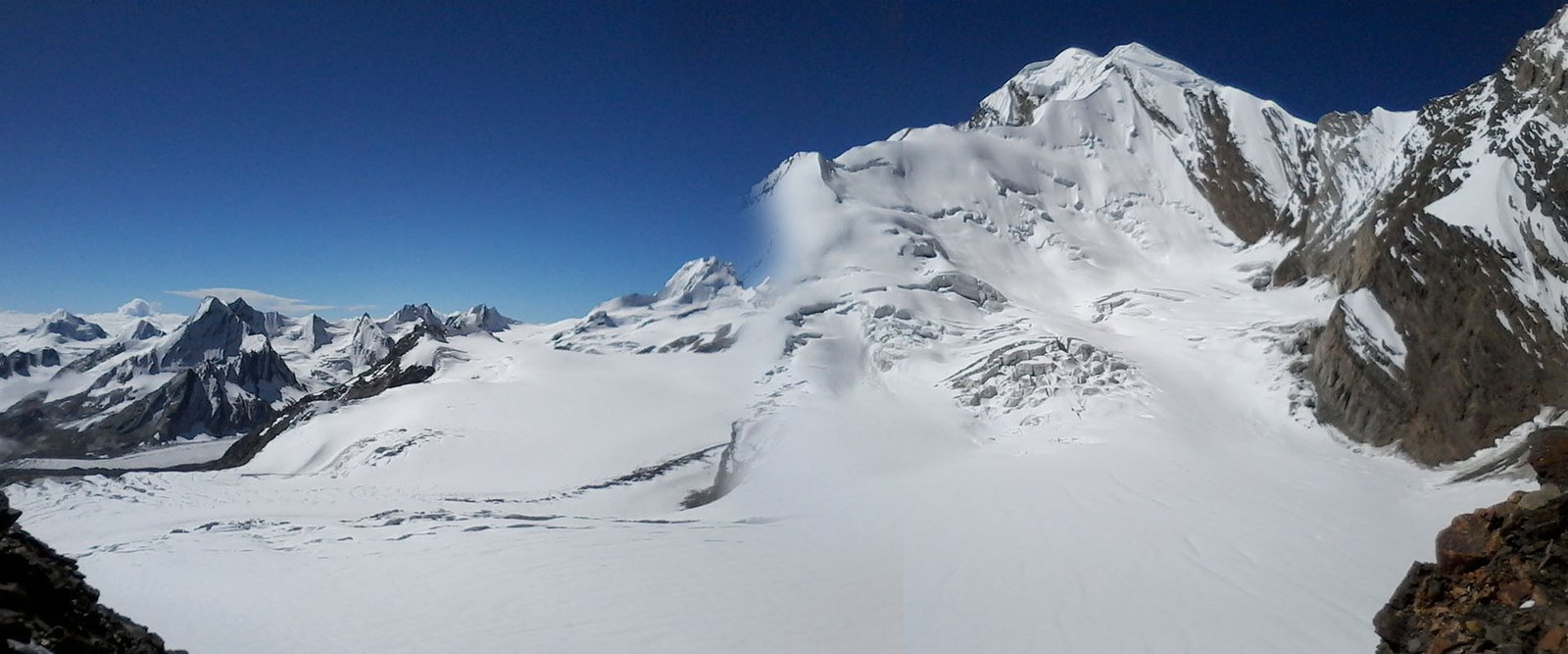
- 10-15 Guest
- 16 Days / 15 Nights
- ₹99,000/-
Mount Auden’s Col
Best Time to Climb: Mid-May to Late June & Late August to Mid-October
Auden’s Col, situated at an altitude of 5,490 meters, is one of the most dramatic and spiritually symbolic high-altitude passes in the Garhwal Himalayas of Uttarakhand. Connecting the sacred pilgrim towns of Gangotri and Kedarnath, this route is steeped in mythology, mysticism, and mountaineering prestige.
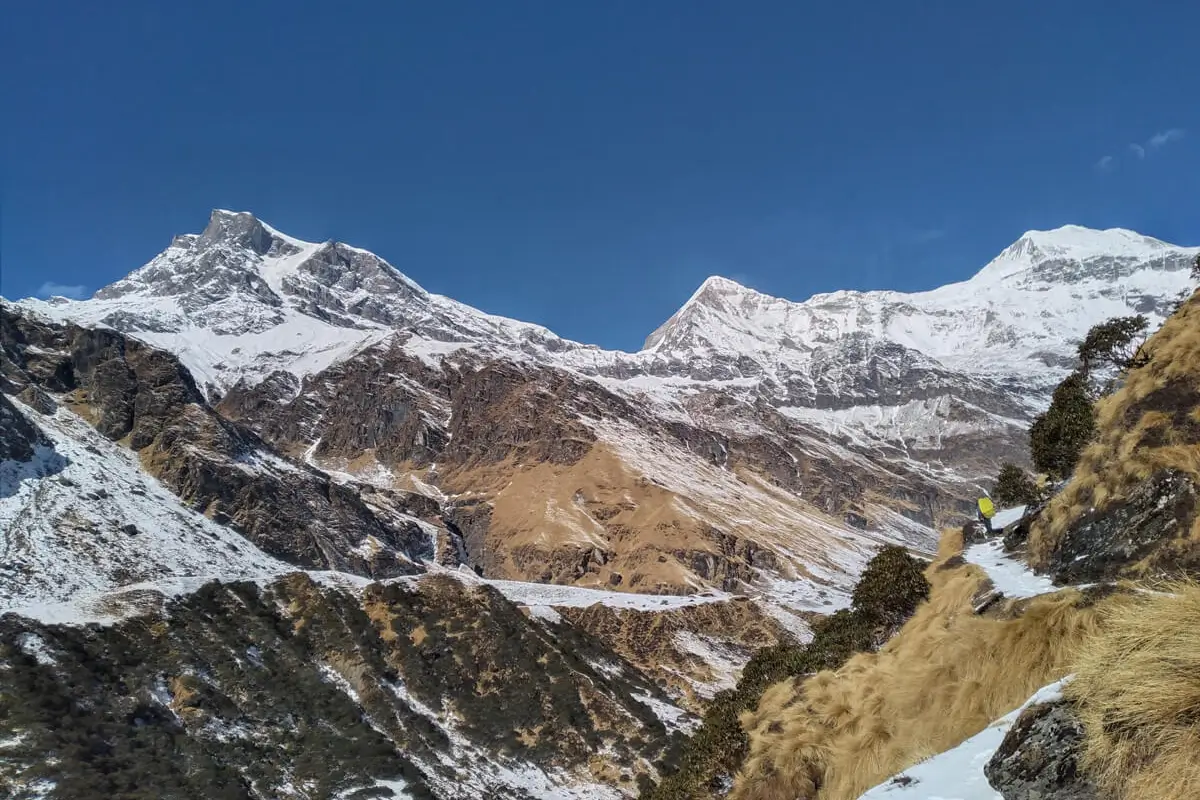
- 10-15 Guest
- 19 Days / 18 Nights
- ₹50,000/-
Mount Baljuri
Best Time to Climb: April to June & September to November
Mt. Baljuri (5,922m), nestled in the Kumaon Himalayas of Uttarakhand, is an aesthetic pyramid-shaped peak overlooking the beautiful Pindari Glacier. Though relatively lesser-known than other Himalayan giants, it offers a perfect blend of adventure, technical climbing, and serene alpine beauty.
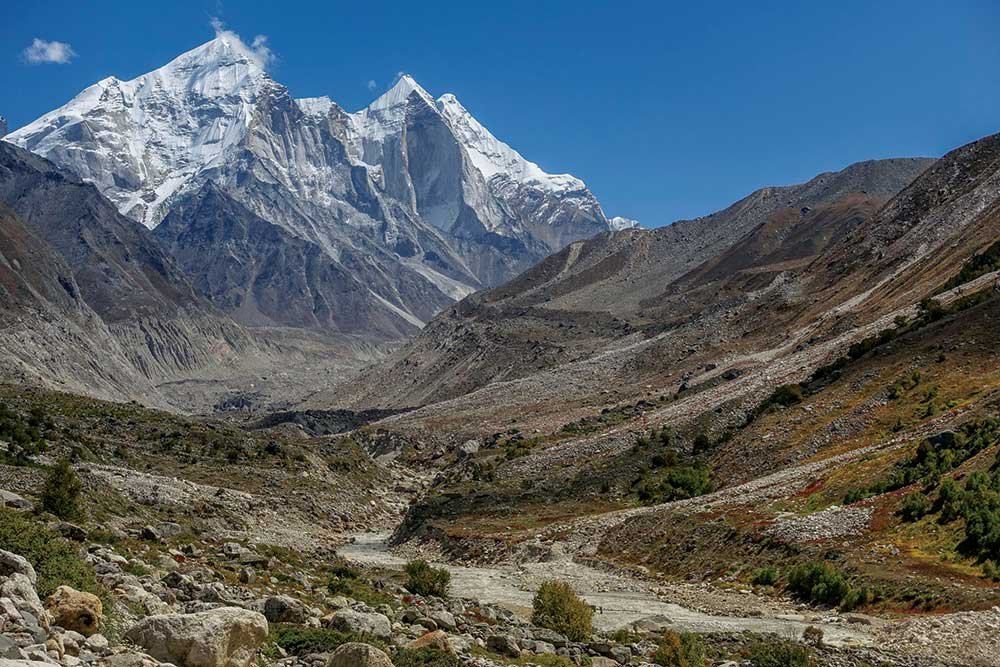
- 10-15 Guest
- 20 Days / 19 Nights
- ₹2,00,000/-
Mount Bhagirathi II
Date: May–June & September–October
The Mt. Bhagirathi II Expedition is a dramatic and spiritually resonant climb into the heart of the Gangotri Glacier region of the Garhwal Himalayas, Uttarakhand. Rising to an impressive 6,512 meters (21,365 feet), Bhagirathi II is part of the Bhagirathi massif, which includes three prominent peaks. This peak, nestled between Bhagirathi I and III, is known for its steep rock faces, icy ridges, and profound proximity to sacred Hindu mythology.
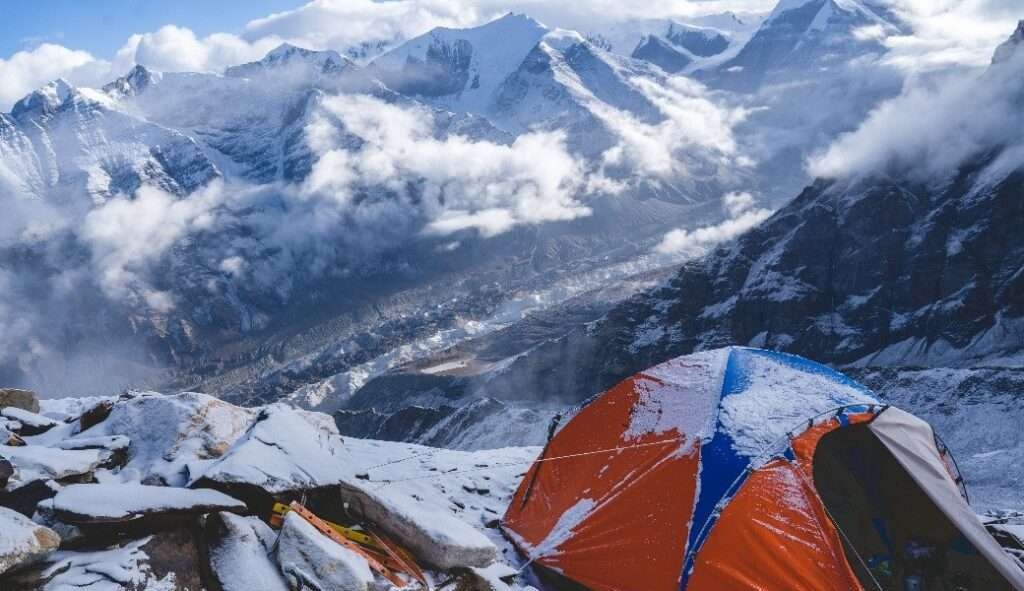
- 10-15 Guest
- 28 Days / 27 Nights
- ₹2,00,000/-
Mount Bhagirathi Parbat I
Best Time to Climb: May–June & September–October
Mt. Bhagirathi Parbat I, rising to 6,856 meters, is one of the most prominent peaks in the Garhwal Himalayas of Uttarakhand, India. It forms part of the majestic Bhagirathi massif, which also includes Bhagirathi II and III.ory.
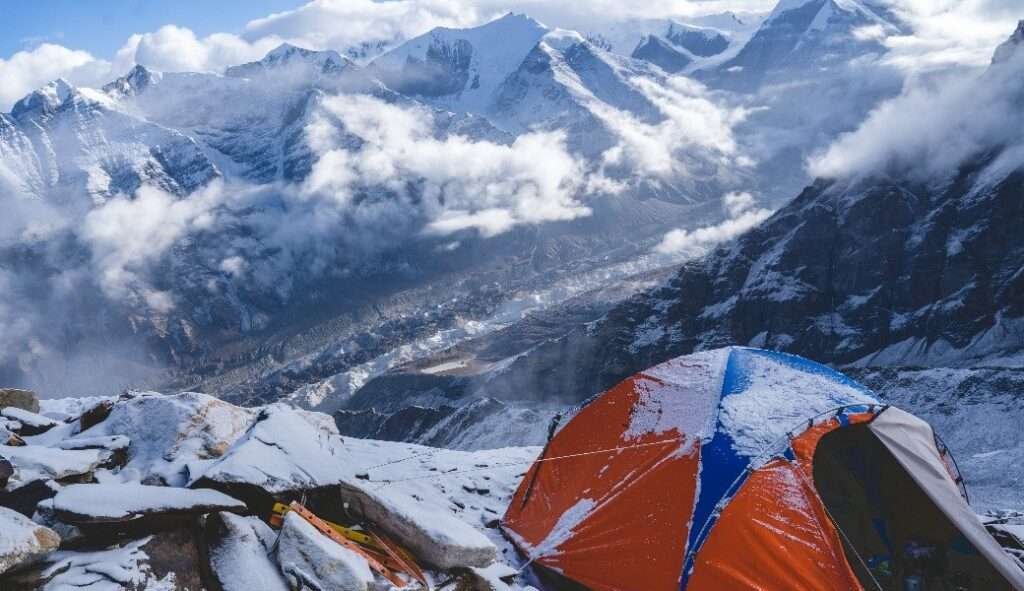
- 10-15 Guest
- 20 Days / 19 Nights
- ₹2,00,000/-
Mount Bhagirathi Parvat II
Best Time to Climb: May–June & September–October
At 6,512 meters, Mt. Bhagirathi Parvat II stands proudly in the Garhwal Himalayas of Uttarakhand, forming part of the famous Bhagirathi massif. Known for its sharp ridgelines and steep snow faces, this peak is slightly lower than Bhagirathi I but presents its own unique challenges and rewards.rain.
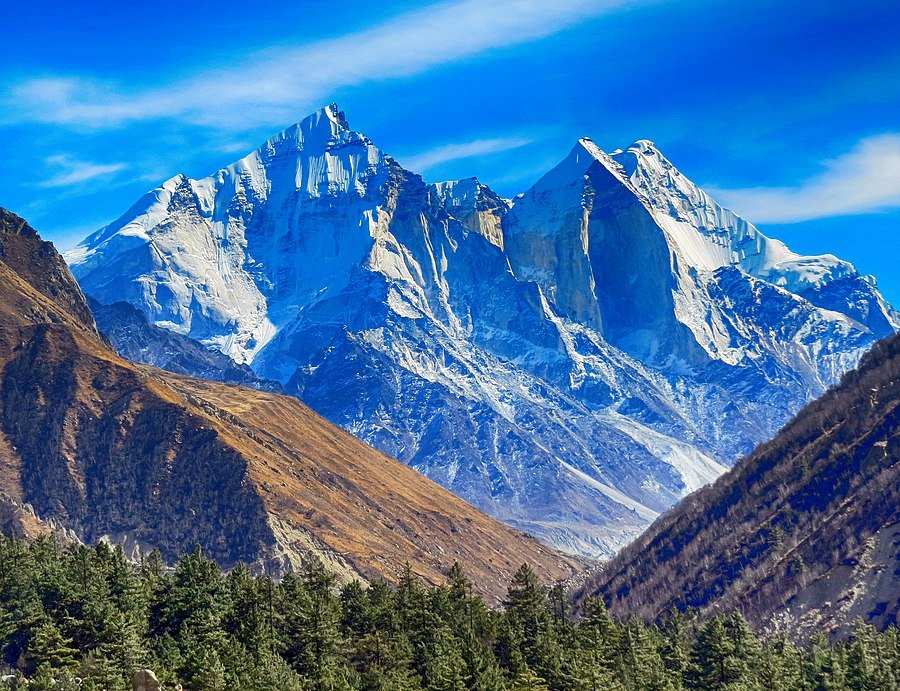
- 10-15 Guest
- 20 Days / 19 Nights
- ₹1,80,000 /-
Mount Bhagirathi Parvat II
Best Time to Climb: May–June & September–October
At 6,454 meters, Mt. Bhagirathi Parvat II is one of the most striking peaks in the Bhagirathi group of the Garhwal Himalayas. Known for its steep granite faces and stunning ridgelines, this mountain presents both beauty and a serious climbing challenge.
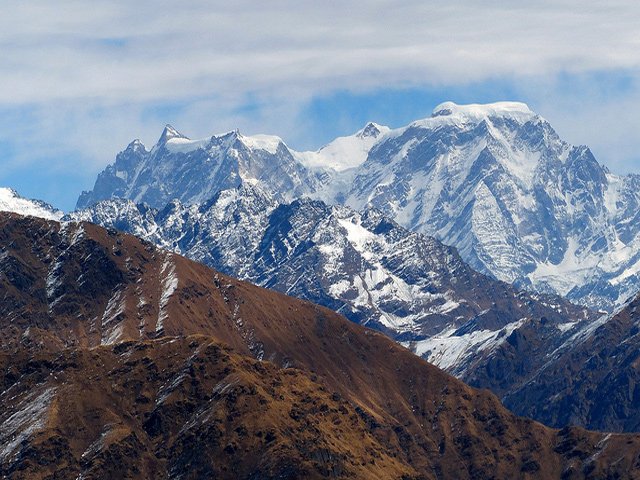
- 10-15 Guest
- 30 Days / 29 Nights
- ₹2,00,000 /-
Mount Chaukhambha I
Best Time to Climb: June–July
Mt. Chaukhambha I, rising to an imposing 7,138 meters, is the highest and most prominent of the four majestic peaks that form the Chaukhambha massif in the Gangotri region of Uttarakhand. The name Chaukhambha means “Four Pillars” in Hindi, perfectly describing the massif’s four towering summits that dominate the skyline.
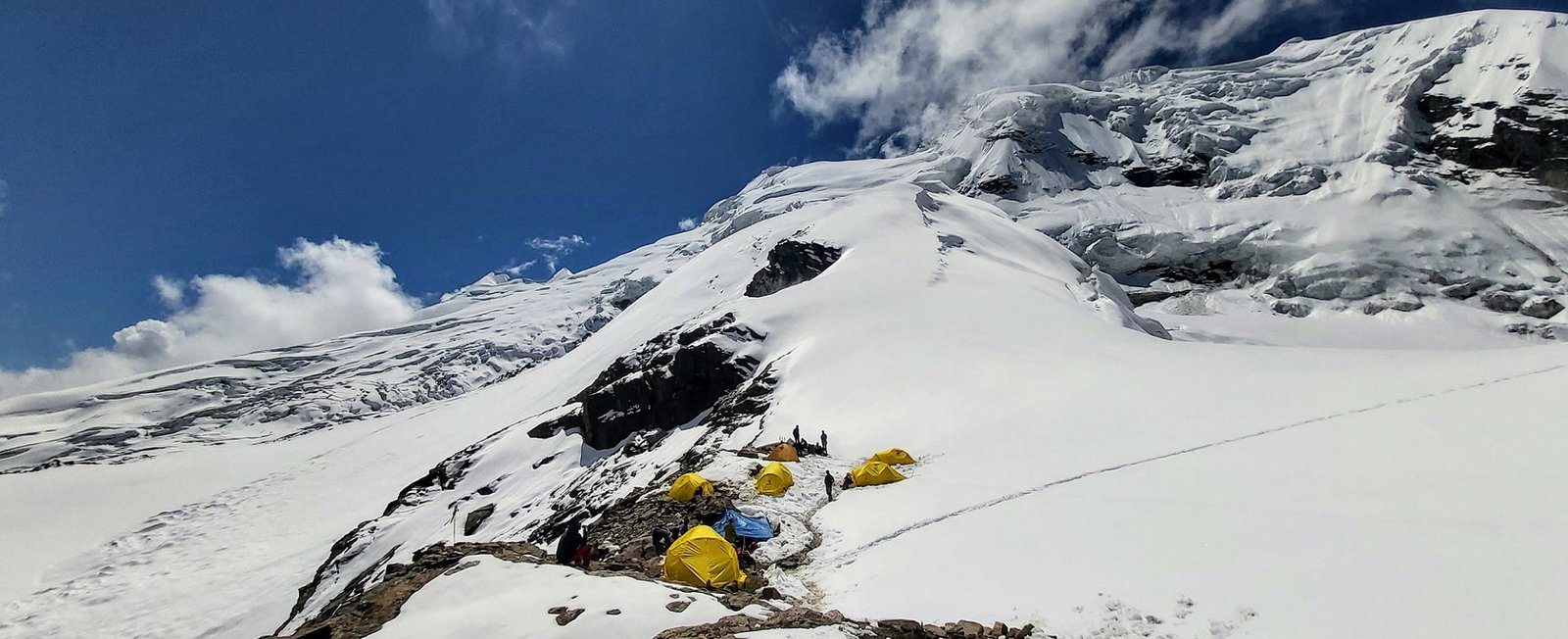
- 10-15 Guest
- 23 Days / 22 Nights
- ₹1,50,000/-
Mount Gangotri I
Best Time to Climb: May–June & September–October
Mt. Gangotri I, at 6,672 meters, is one of the celebrated peaks of the Gangotri Group in the Garhwal Himalayas, Uttarakhand, India. The mountain rises dramatically above the Gangotri Glacier, offering a majestic presence and an inspiring challenge for mountaineers. Its name is tied to the sacred River Ganga’s origin, making this climb not only a physical endeavor but also a journey steeped in spiritual significance.
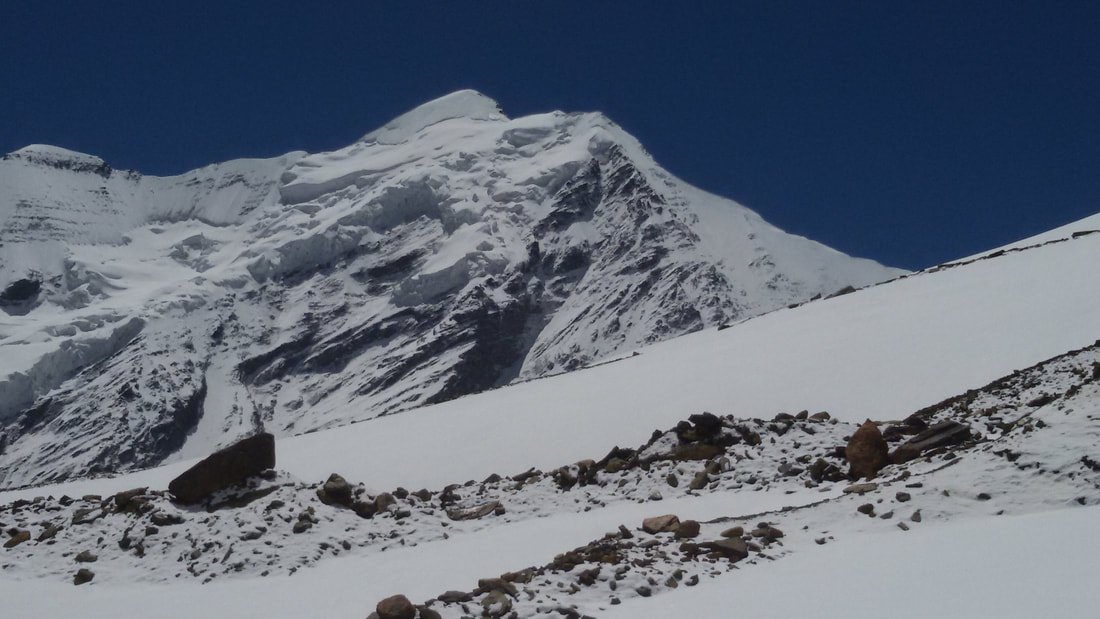
- 10-15 Guest
- 50 Days / 49 Nights
- ₹1,00,000/-
Mount Gangotri III
Best Time to Climb: May–June & September–October
Rising to a mighty 6,577 meters, Mt. Gangotri III is the third-highest peak in the Gangotri group, forming a dramatic skyline alongside Gangotri I and II. Despite its intimidating altitude, Gangotri III is one of the most economical long-duration expeditions in the Indian Himalayas, ideal for serious climbers, alpine trainees, or those pursuing 7000m preparation.
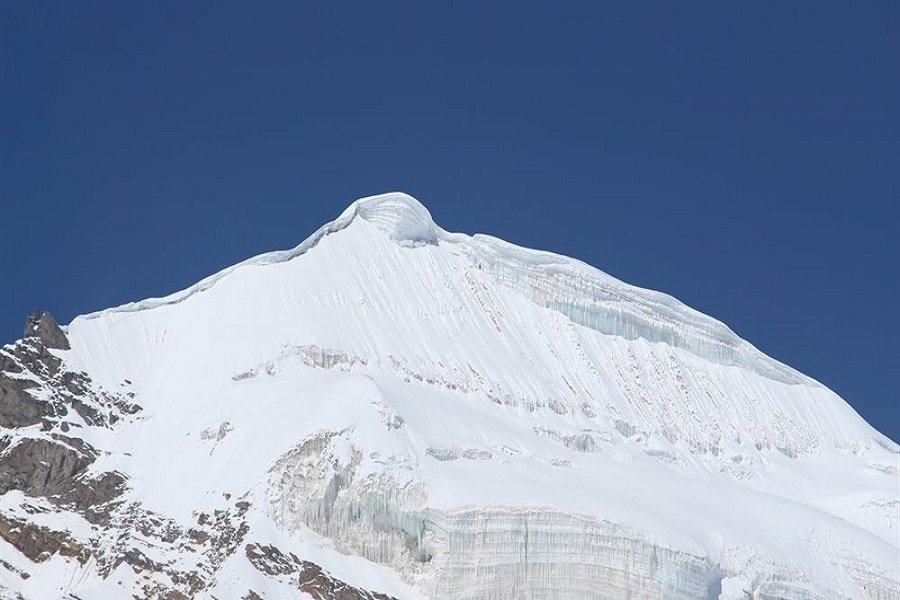
- 10-15 Guest
- 15 Days / 14 Nights
- ₹1,50,000/-
Mount Gangotri III
Best Time to Climb: May–June & September–October
Mt. Gangotri III, standing at 6,577 meters, is one of the striking summits of the Gangotri Group in the Garhwal Himalayas, Uttarakhand, India. Although slightly lower in elevation than its sister peaks Gangotri I and II, Gangotri III offers an equally captivating climbing experience with a mix of glacier travel, snow slopes, and challenging alpine terrain.
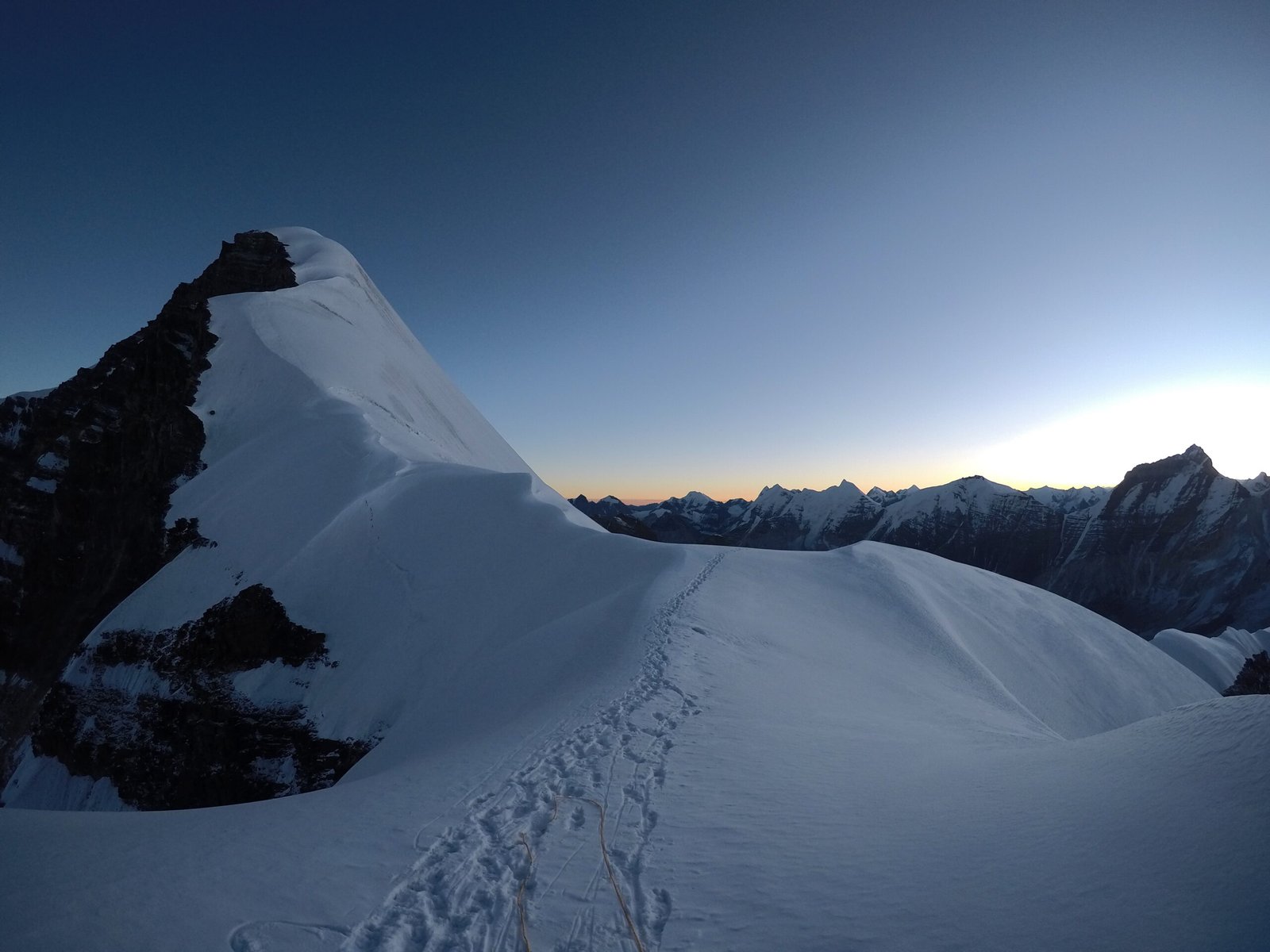
- 10-15 Guest
- 17 Days / 16 Nights
- ₹1,20,000 /-
Mount Jogin I
Best Time to Climb: April–June & September–November
Standing at 6,456 meters, Mt. Jogin I is a majestic peak in the Garhwal Himalayas, located near the Gangotri region of Uttarakhand. Known for its pristine beauty and less-crowded approach, this mountain offers a mix of challenging climbs and serene alpine landscapes.
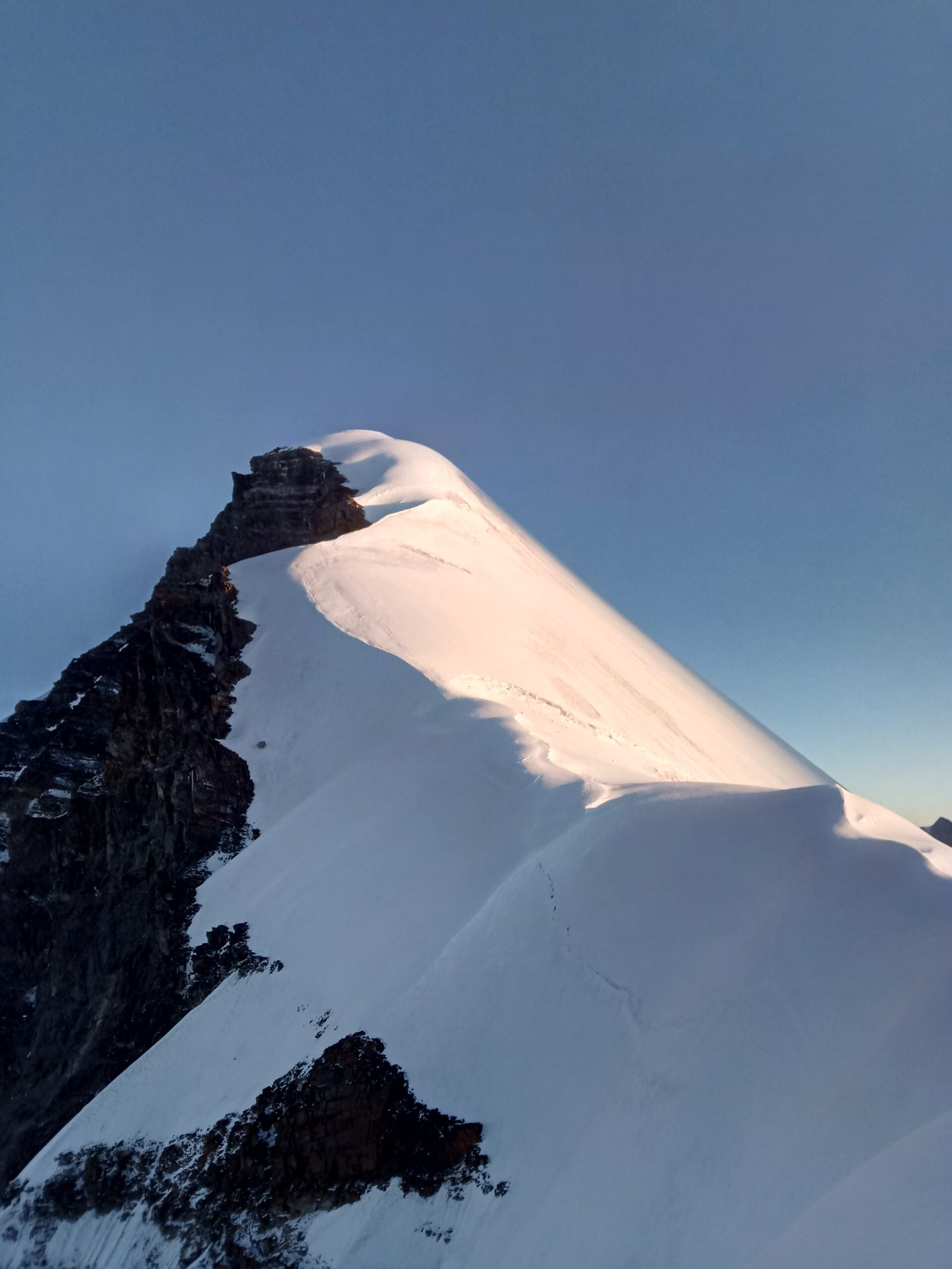
- 10-15 Guest
- 17 Days / 16 Nights
- ₹1,00,000/-
Mount Jogin II
Best Time to Climb: May–June & September–October
Standing at 6,342 meters, Mt. Jogin II is part of the beautiful Jogin group of peaks in the Garhwal Himalayas. Known for its pristine alpine environment and moderate yet challenging climb, it offers a rewarding adventure for mountaineers looking to test their skills without extreme technical demands.

- 10-15 Guest
- 24 Days / 23 Nights
- ₹2,00,000/-
Mount Kedarnath Peak
Best Time to Climb: May–June & September–October
Mt. Kedarnath Peak (6,940m) stands as a towering sentinel in the Garhwal Himalayas, near the holy Kedarnath Temple. With its majestic height and raw alpine terrain, this formidable mountain is a dream for experienced mountaineers seeking serious altitude, isolation, and adventure.
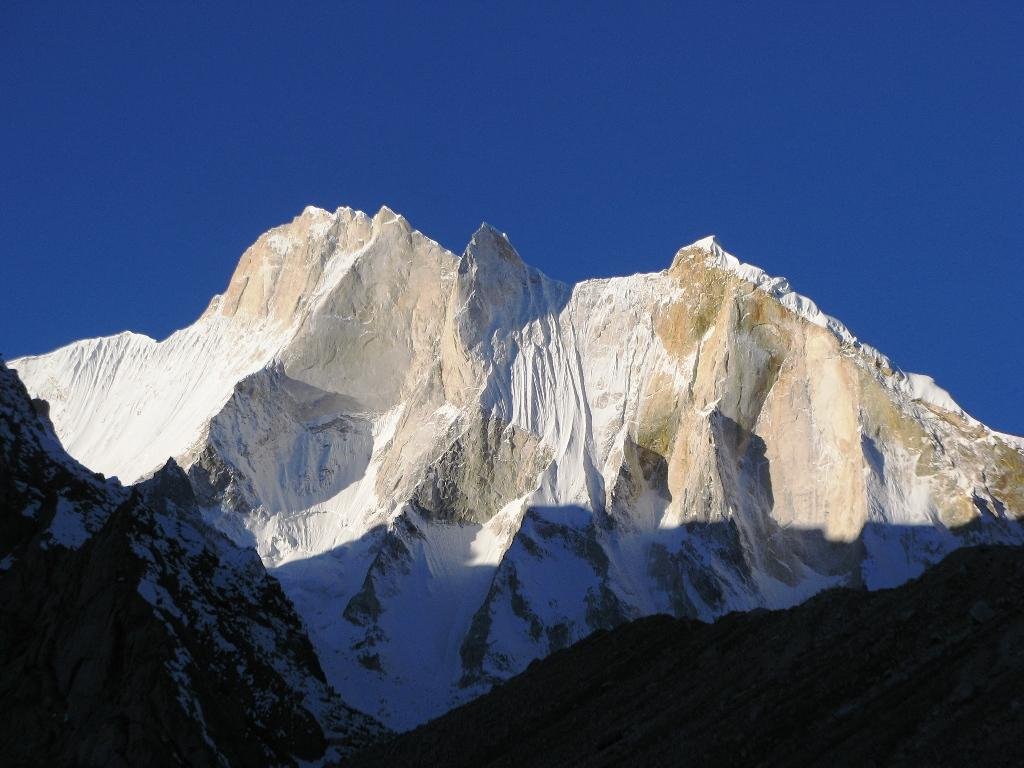
- 10-15 Guest
- 15 Days / 14 Nights
- ₹2,40,000/-
Mount Meru Peak
Best Time to Climb: May–June & September–October
Mt. Meru, standing tall at 6,660 meters, is one of the most enigmatic and sacred peaks in the Indian Himalayas. Located in the Garhwal region of Uttarakhand, it holds immense significance in both mountaineering legend and spiritual lore. Often described as the “Center of the Universe” in Hindu, Jain, and Buddhist cosmology, Mt. Meru is not only a physical challenge—it’s a symbolic axis connecting heaven and earth.
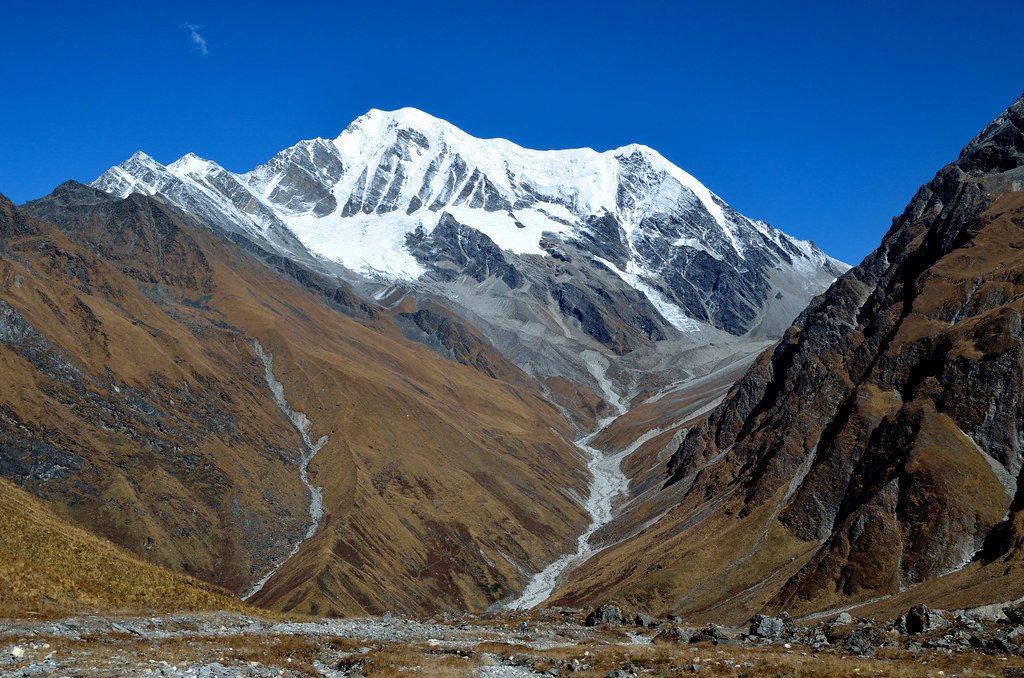
- 10-15 Guest
- 17Days / 16Nights
- ₹1,80,000/-
Mount Nanda Ghunti
Date: June, September, and October
The Mt. Nanda Ghunti Expedition is a captivating journey into the heart of the Garhwal Himalayas, blending high-altitude adventure with natural beauty and spiritual resonance. Rising to 6,309 meters (20,699 feet), Nanda Ghunti is a prominent peak near the revered Nanda Devi Sanctuary, situated at the border of the Kumaon and Garhwal regions of Uttarakhand.
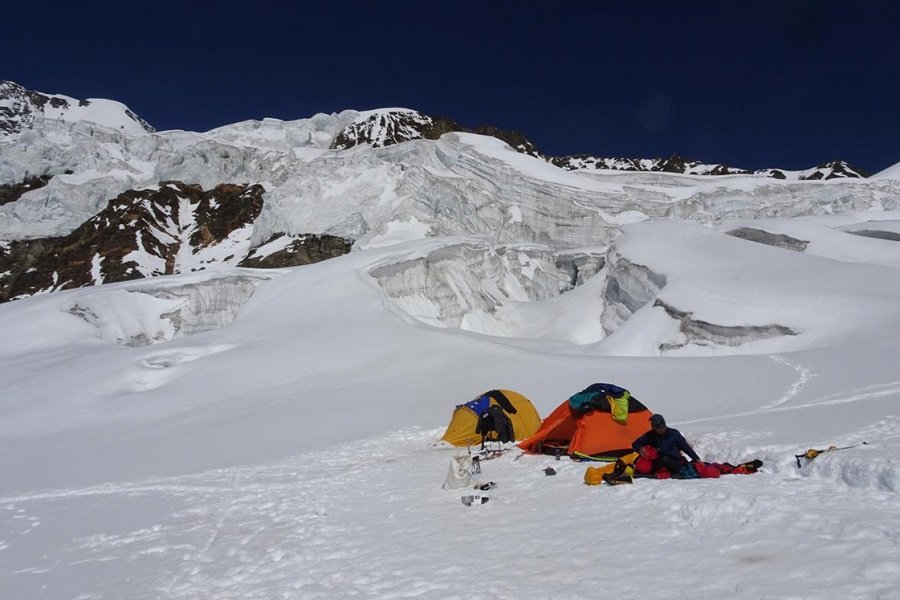
- 10-15 Guest
- 27 Days / 26 Nights
- ₹2,00,000/-
Mount Nanda Kot
Best Time to Climb: May–June & September–October
Mt. Nanda Kot, standing tall at 6,861 meters, is one of the most elegant and challenging peaks in the Kumaon Himalayas of Uttarakhand, India. Its name translates to “Fortress of Nanda,” referring to its isolated, fortress-like appearance when viewed from surrounding valleys. The peak lies just southeast of the legendary Mt. Nanda Devi and holds a significant place in Himalayan mountaineering history.
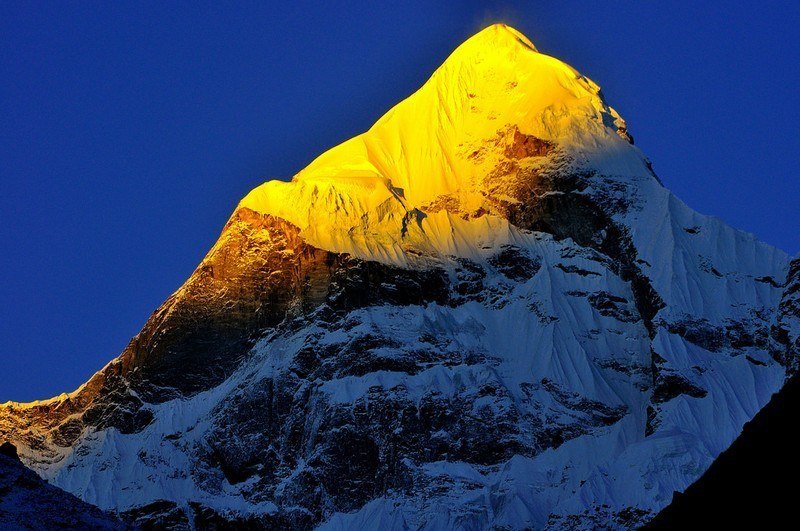
- 10-15 Guest
- 32 Days / 31 Nights
- ₹3,00,000/-
Mount Nilkantha
Best Time to Climb: May–June & September–October
Mt. Nilkantha, towering at 6,956 meters, is one of the most striking and sacred peaks in the Garhwal Himalayas of Uttarakhand. Known as the “Garhwal Queen,” this majestic mountain rises dramatically above the Badrinath Valley, with its snow-clad pyramid-shaped summit glistening in the sunlight. Its name—Nilkantha—refers to Lord Shiva, the “Blue Throated One,” adding deep spiritual significance to its awe-inspiring presence.
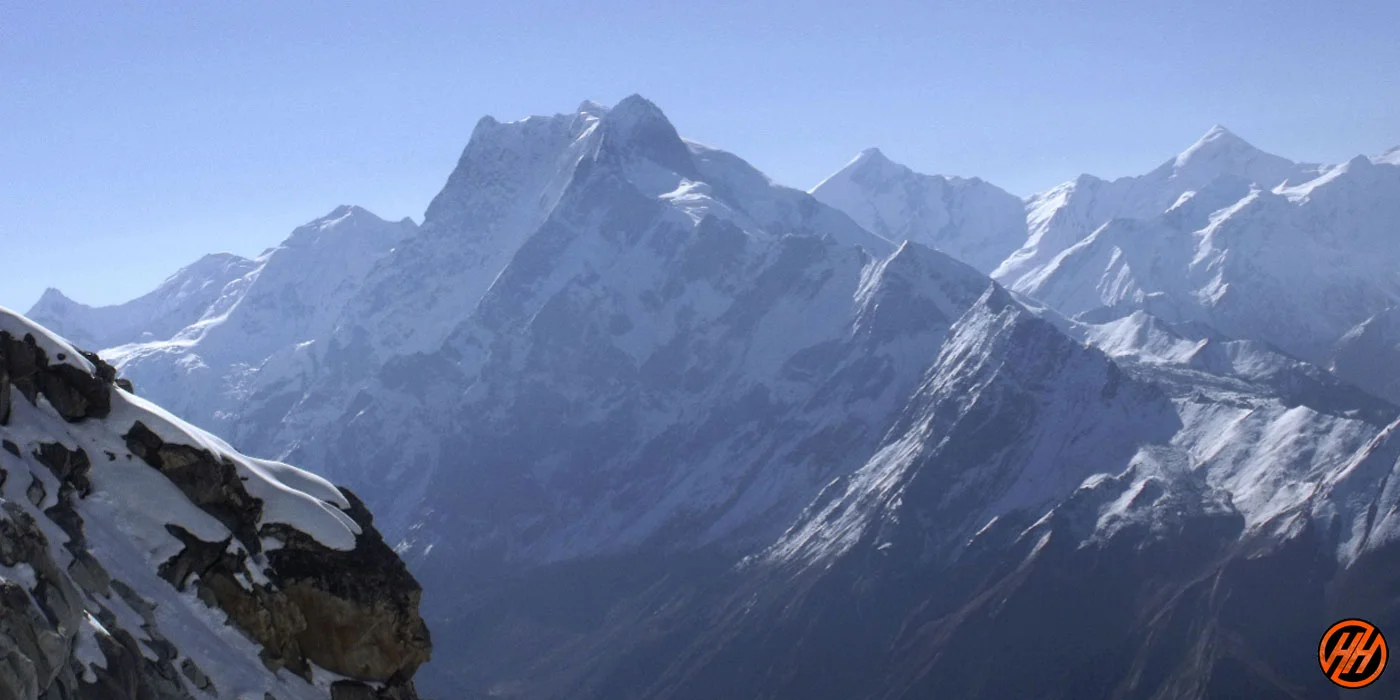
- 10-15 Guest
- 20 Days / 19 Nights
- ₹80,000/-
Mount Ranglana
Best Time to Climb: Mid-May to June & September to October
Mt. Ranglana, rising to an elevation of 5,554 meters, is a hidden Himalayan jewel tucked away in the pristine Yamunotri Valley of Uttarakhand. Though lesser known compared to its towering neighbors, Ranglana is revered among seasoned trekkers and climbers for its untouched beauty, technical challenge, and spiritual energy.
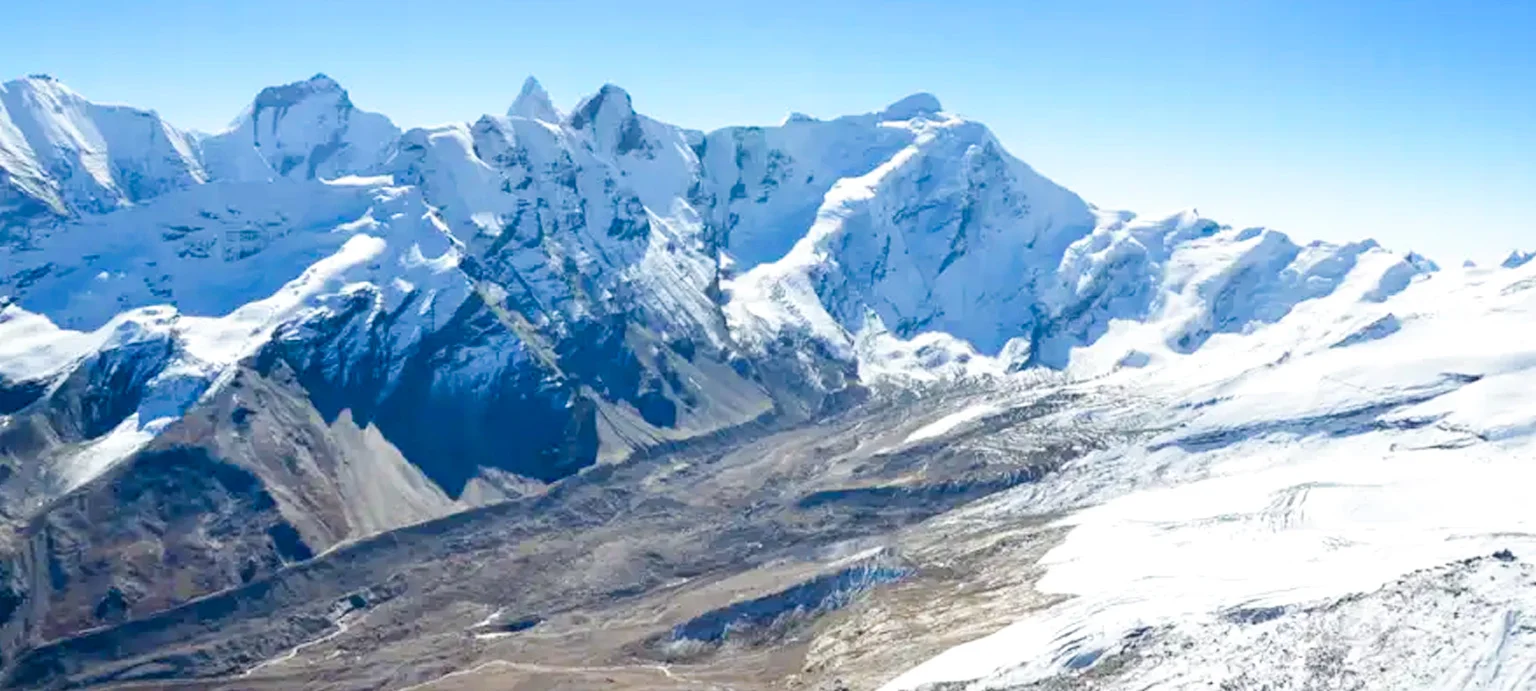
- 10-15 Guest
- 13 Days / 12 Nights
- ₹80,000/-
Mount Rudragaira Peak
Best Time to Climb: May–June & September–October
Mt. Rudragaira (5,819m) is one of the most accessible yet thrilling expedition peaks in the Gangotri region of Uttarakhand. Towering over the Rudragaira glacier and flanked by legendary peaks like Gangotri I, II, III, and Jogin Group, this summit offers stunning views and a solid introduction to high-altitude mountaineering.
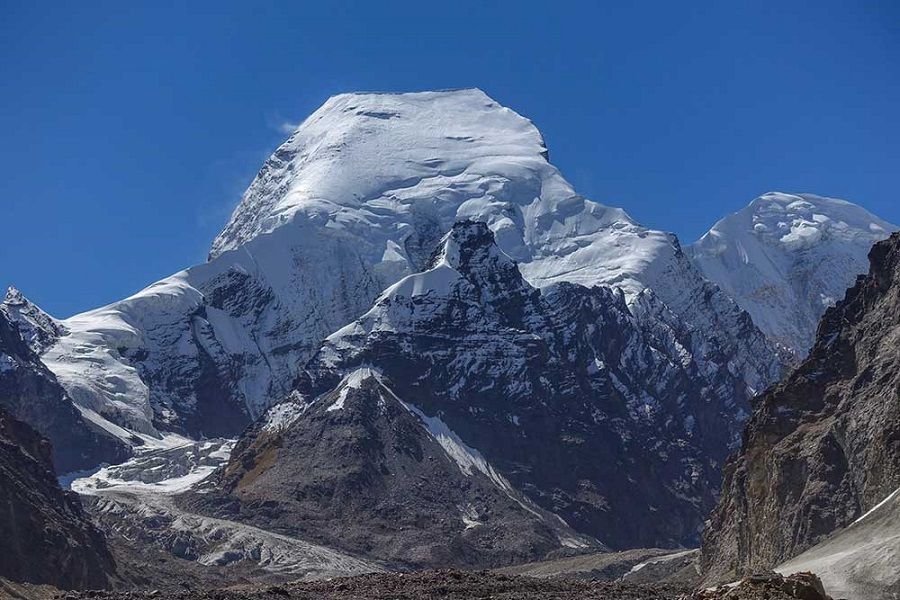
- 10-15 Guest
- 20 Days / 19 Nights
- ₹2,50,000/-
Mount Satopanth
Best Time to Climb: May–June & September–October
Mount Satopanth is a sacred Himalayan giant standing tall at 7,075 meters (23,212 feet) in the Garhwal Himalayas, Uttarakhand. The name “Satopanth” is derived from Sanskrit—”Sato” meaning truth and “Panth” meaning path—thus, Satopanth means “Path of Truth”. This peak is not just a mountaineering goal, but a spiritual journey into the heart of divinity, isolation, and ascension.

- 10-15 Guest
- 40 Days / 39 Nights
- ₹2,00,000/-
Mount Thalay Sagar
Best Time to Climb: May–June & September–October
Mt. Thalay Sagar, standing at an impressive 6,904 meters, is one of the most iconic and formidable peaks of the Garhwal Himalayas. Located in the Gangotri Group of mountains in Uttarakhand, it is renowned for its sheer granite faces, razor-sharp ridges, and technical climbing challenges. Revered by the mountaineering community, Thalay Sagar is considered a jewel of the Indian Himalayas—demanding, beautiful, and unforgettable.
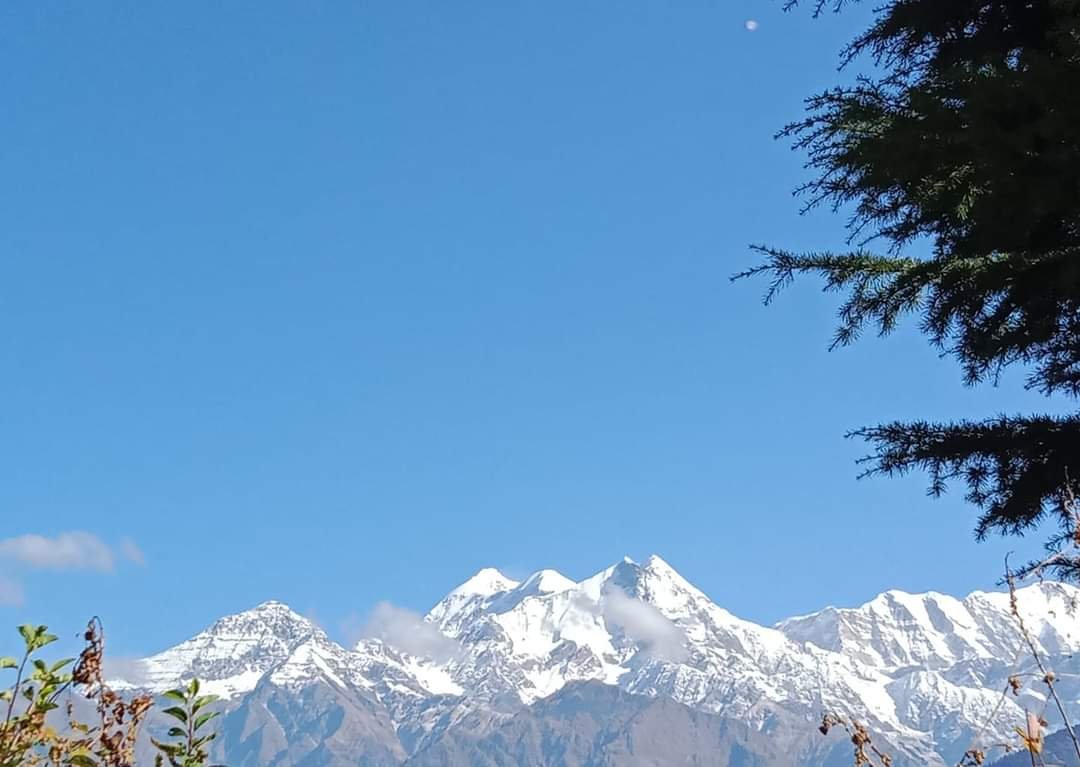
- 10-15 Guest
- 27 Days / 26 Nights
- ₹2,50,000/-
Mount Trishul I
Best Time to Climb: May–June & September–October
Mt. Trishul I, towering at 7,120 meters, is one of the most celebrated peaks in the Kumaon region of Uttarakhand, forming part of the majestic Trishul massif alongside Trishul II and III. Its name, meaning “trident” in Sanskrit, is inspired by its three distinct summits, resembling the weapon of Lord Shiva. Known for its mountaineering history, Mt. Trishul I was the first peak over 7,000 meters to be climbed in the Indian Himalayas, making it a legendary objective for climbers worldwide.
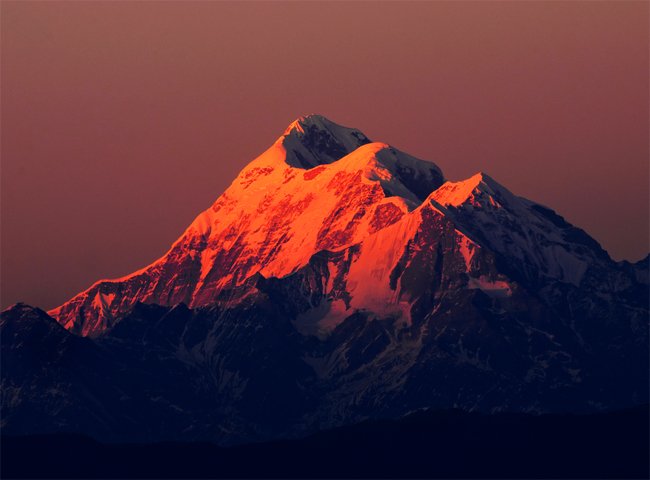
- 10-15 Guest
- 23 Days / 24 Nights
- ₹2,15,000/-
Mount Trishul II
Best Time to Climb: May–June & September–October
Mt. Trishul II, standing tall at 6,690 meters, is one of the three majestic peaks of the Trishul massif in the Kumaon region of Uttarakhand, India. Its name, meaning “Trident” in Sanskrit, is inspired by its resemblance to the trident weapon of Lord Shiva.
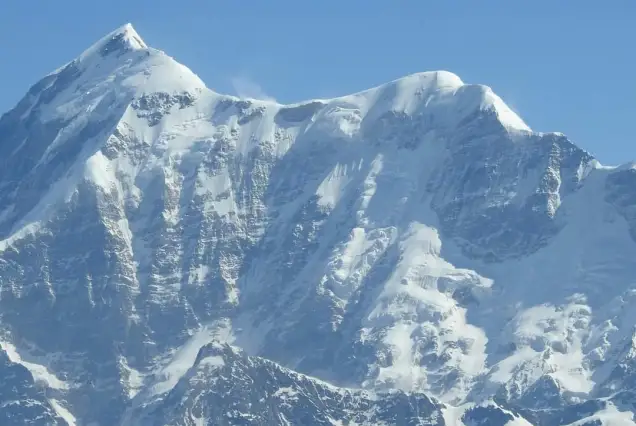
- 10-15 Guest
- 26 Days / 25 Nights
- ₹2,00,000/-
Mount Trishuli
Best Time to Climb: May–June & September–October
Mt. Trishuli, standing tall at 7,074 meters, is a striking peak of the Garhwal Himalayas, its name derived from the Sanskrit word Trishula, meaning “Trident.” The name reflects its three distinct ridges, reminiscent of the weapon carried by Lord Shiva, making this mountain not only visually captivating but also culturally significant.
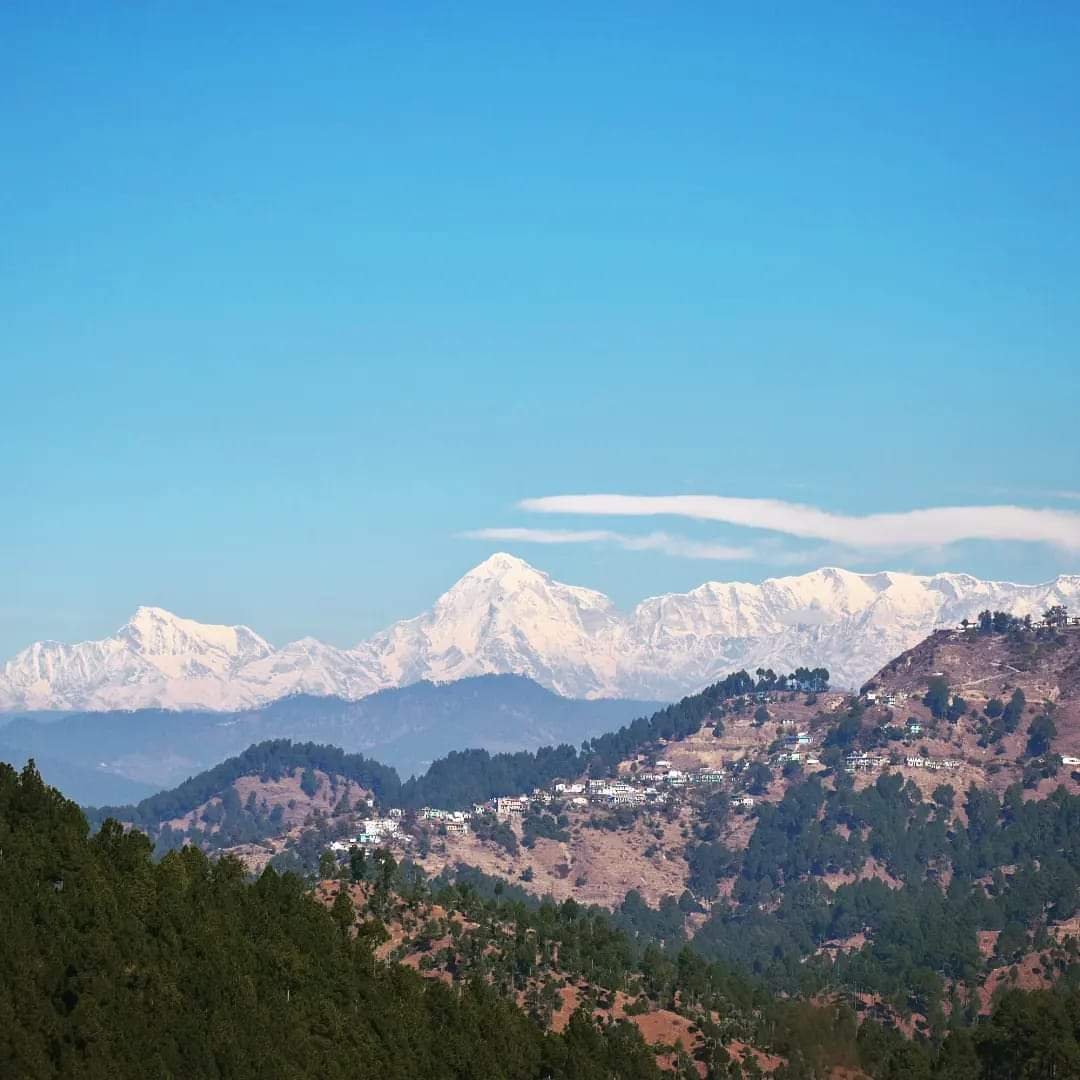
- 10-15 Guest
- 26 Days / 25 Nights
- ₹3,00,000/-
Mount Trishuli West
Best Time to Climb: May–June & September–October
Mt. Trishuli West, rising to 7,035 meters, is a magnificent peak located in the Garhwal Himalayas. Slightly lower than its main summit, Mt. Trishuli, this western pinnacle offers its own unique climbing experience — less frequented, more secluded, and equally captivating. Its name and three-ridged profile link it to the trident of Lord Shiva, carrying deep cultural and spiritual resonance.
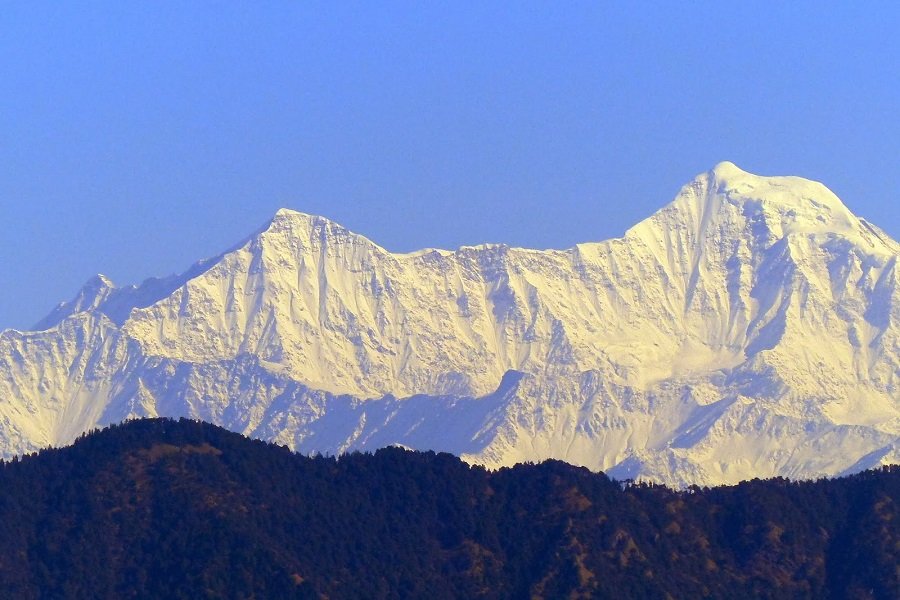
- 10-15 Guest
- 17 Days / 16Nights
- ₹1,20,000
Mountain Bandarpunch
Date: September and October
The Mt. Bandarpunch Expedition is a thrilling Himalayan journey that combines physical endurance with deep-rooted cultural and mythological significance. Located in the Garhwal Himalayas of Uttarakhand within the Govind Pashu Vihar National Park, Mt. Bandarpunch rises to an elevation of 6,316 meters (20,722 feet) and is often considered a sacred guardian of the region.

- 10-15 Guest
- 30 Days / 29 Nights
- ₹3,33,000
Mountain Kame
Date: 2nd week of May June September to October.
The Mt. Kamet Expedition is a grand Himalayan endeavor that combines high-altitude mountaineering with deep spiritual reverence. As the third-highest mountain in India, Mt. Kamet rises majestically to 7,756 meters (25,446 feet) and is located in the Garhwal Himalayas of Uttarakhand, close to the Indo-Tibetan border. Known for its remote and formidable terrain, this peak is both a mountaineering jewel and a sacred landmark in local lore.
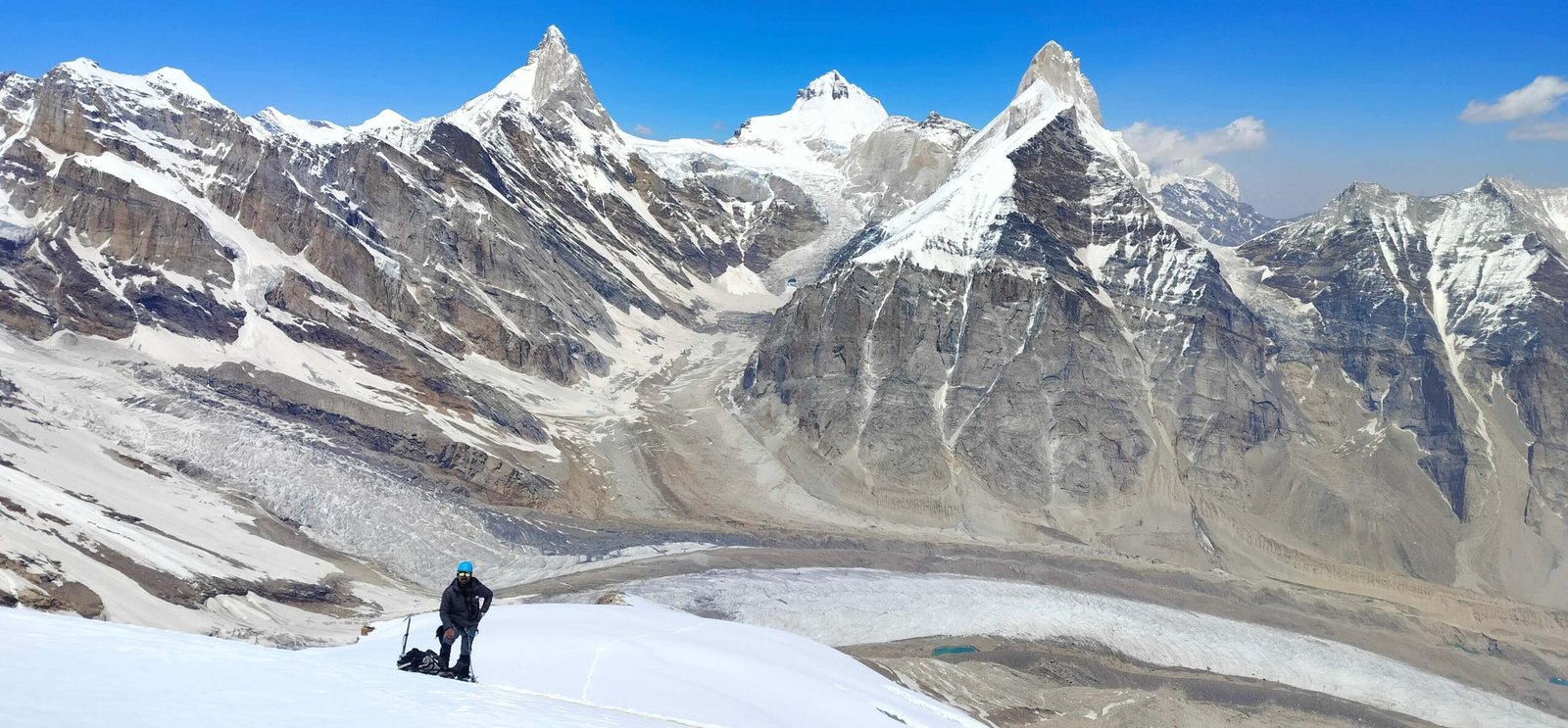
- 10-15 Guest
- 20 Days / 19Nights
- ₹2,10,000
Mountain Kedar Dome
Date: May to June and September to October
The Mt. Kedar Dome Expedition is a journey of high-altitude adventure wrapped in spiritual energy. Standing tall at 6,387 meters (20,955 feet) in the Garhwal Himalayas of Uttarakhand, Kedar Dome is located near the sacred Kedarnath region—home to one of the holiest Shiva shrines in India. As a prominent peak adjacent to Mt. Kedarnath and Mt. Shivling, Kedar Dome holds both mountaineering prestige and deep religious significance.
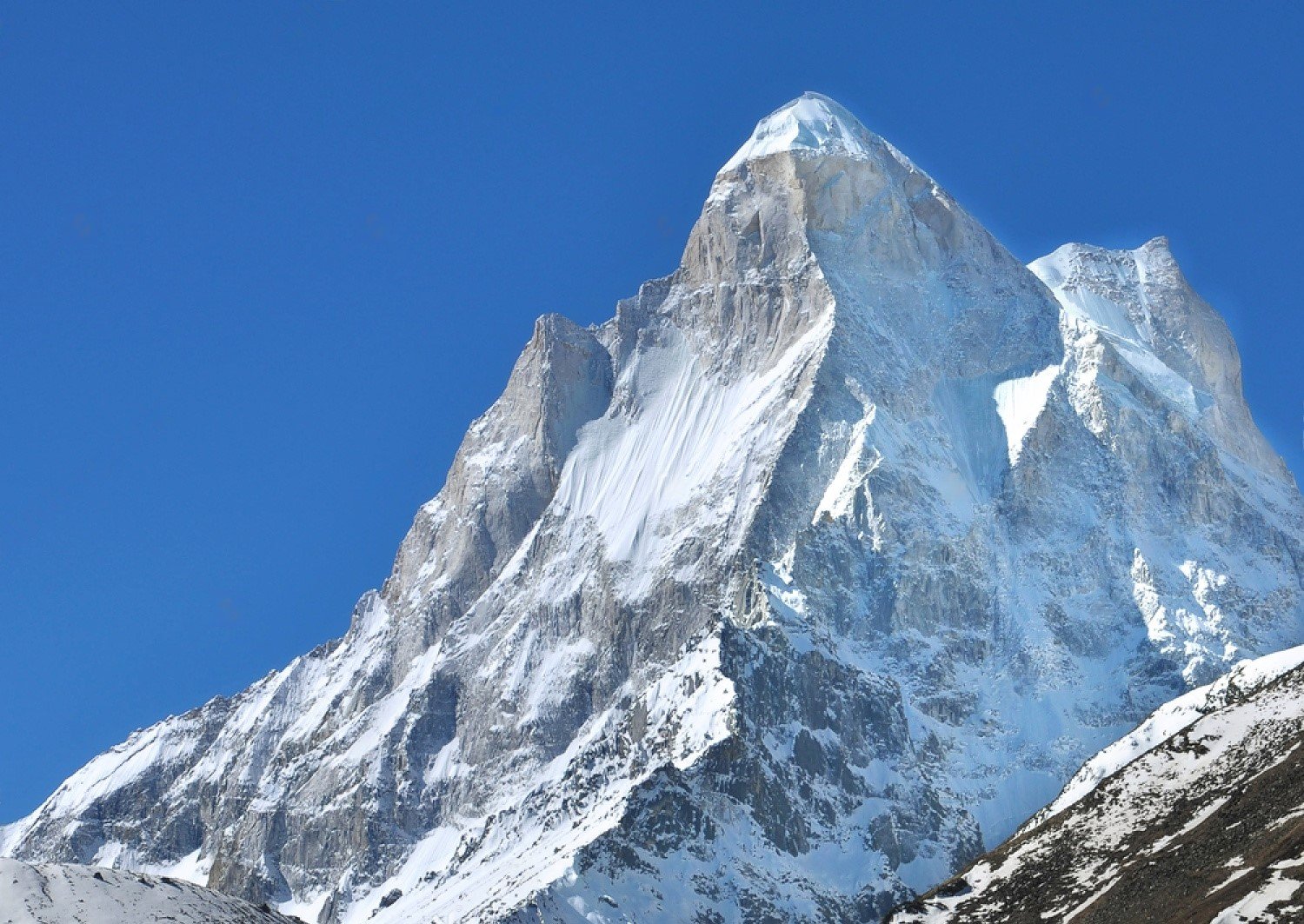
- 10-15 Guest
- 21 Days / 20Nights
- ₹2,10,000
Mountain Shivling
Date: May–June & September–October
The Mt. Shivling Expedition is a revered mountaineering challenge that rises like a sacred flame from the heart of the Gangotri Glacier. Towering at 6,543 meters (21,467 feet), this pyramid-shaped peak in the Garhwal Himalayas of Uttarakhand is not only a visual marvel but also a sacred symbol of Lord Shiva himself. Due to its striking resemblance to a Shiva Lingam (symbol of Shiva), the mountain is often called the “Matterhorn of India” by climbers and is considered one of the most beautiful peaks in the Indian Himalayas.
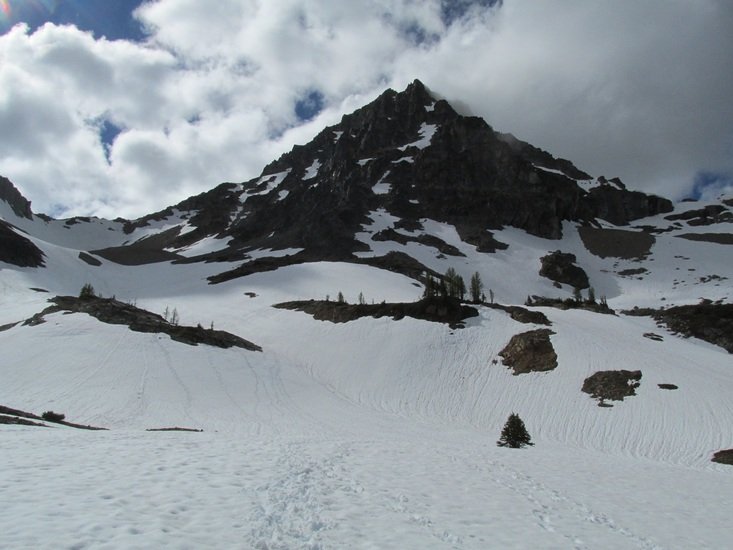
- 10-15 Guest
- 26 Days
- ₹3,00,000
Mt Kamet Expedition
Mount Kamet (7,756 meters or 25,446 feet) is the second-highest peak in the Indian state of Uttarakhand, located in the Garhwal Himalayas. It is part of the Kamet Group of mountains and stands as one of India’s highest and most challenging peaks to climb. The first ascent of Kamet, along with the thrilling mountaineering expeditions that have followed, represents a significant chapter in the history of high-altitude climbing in India.
Start Journey